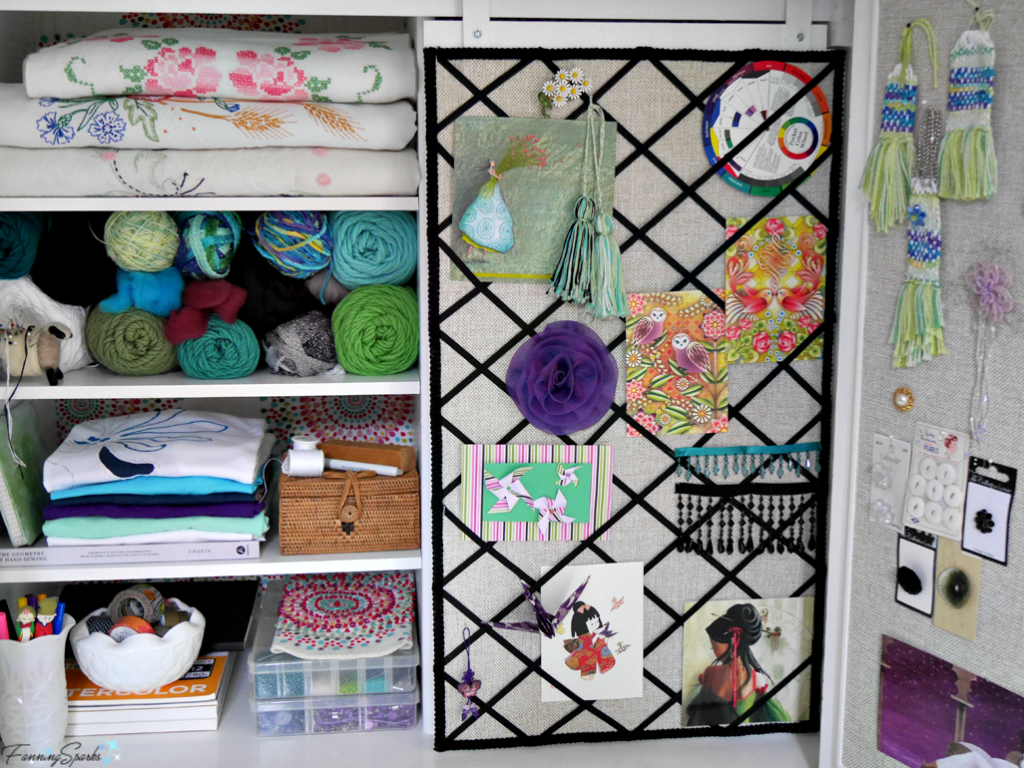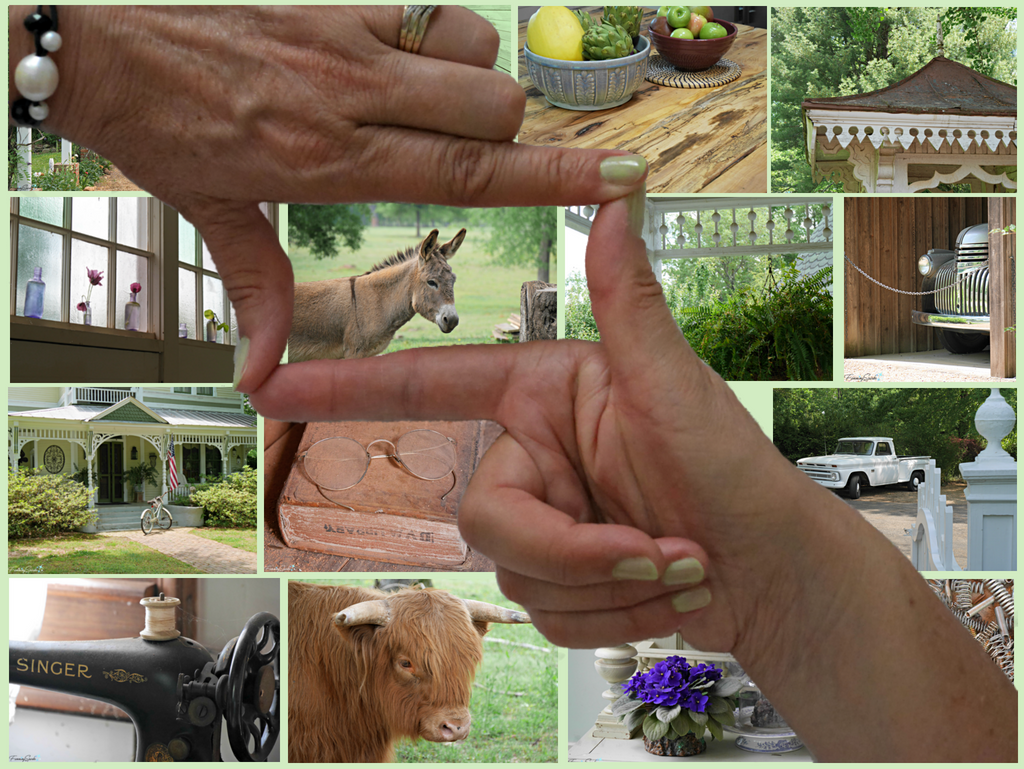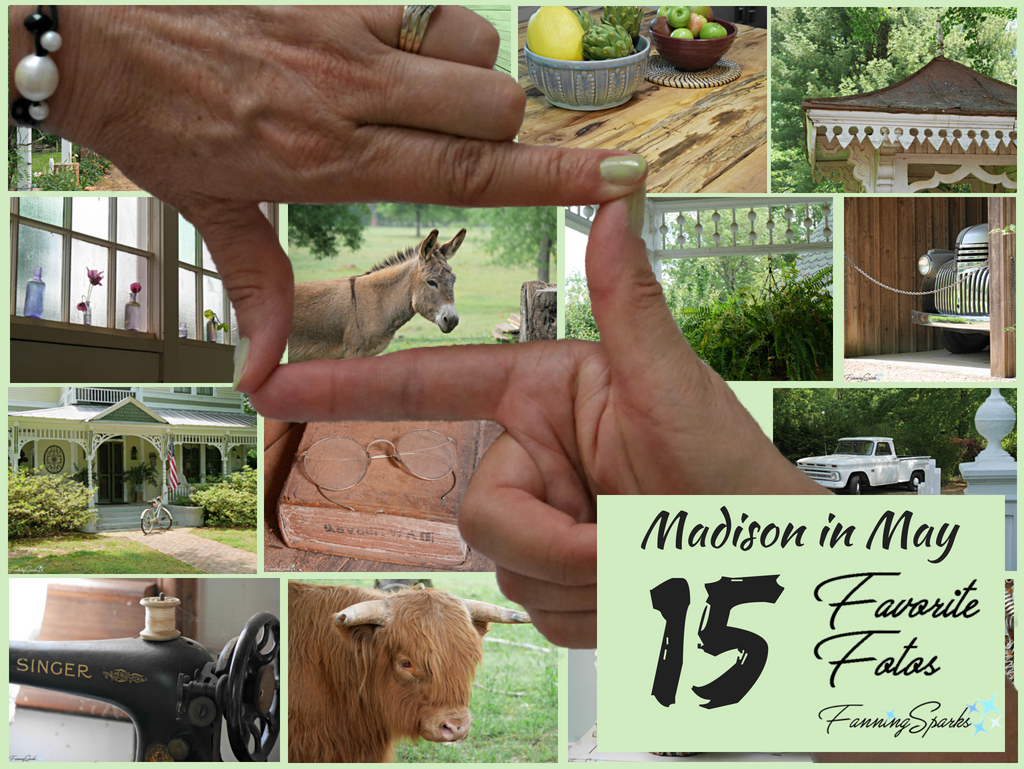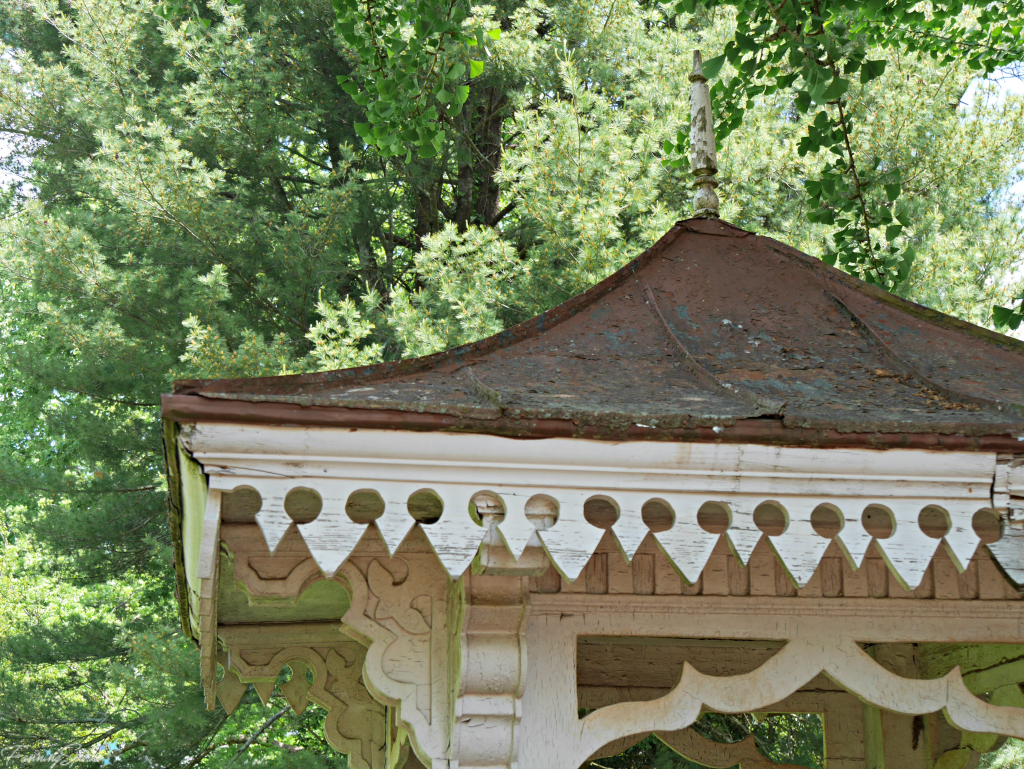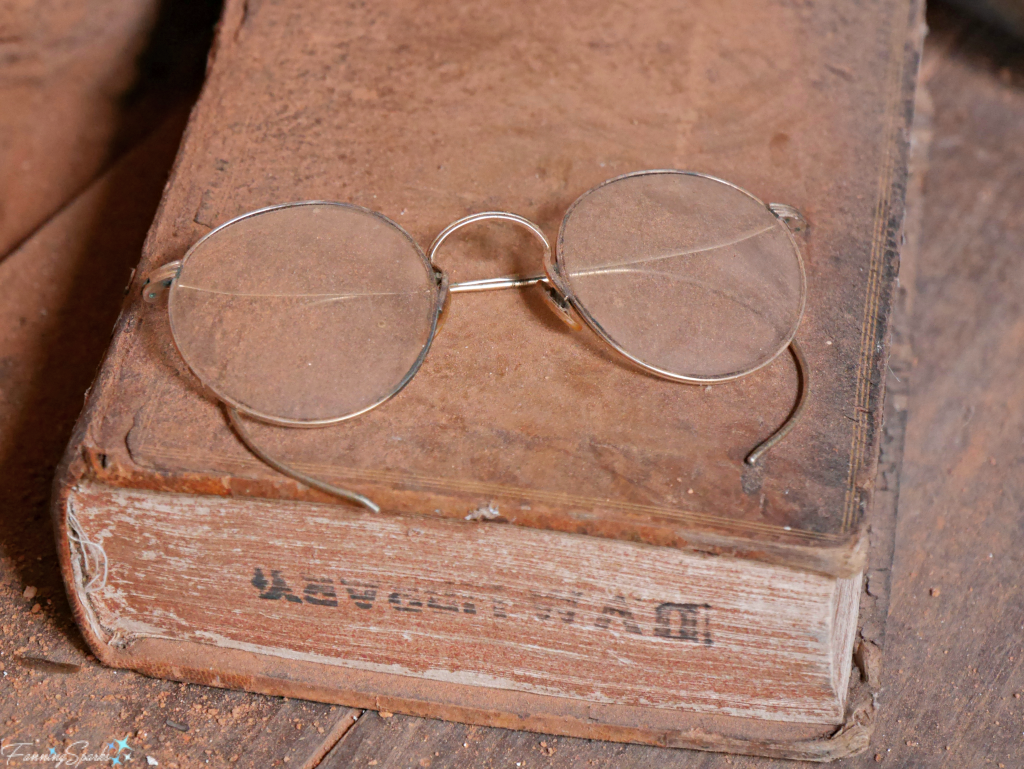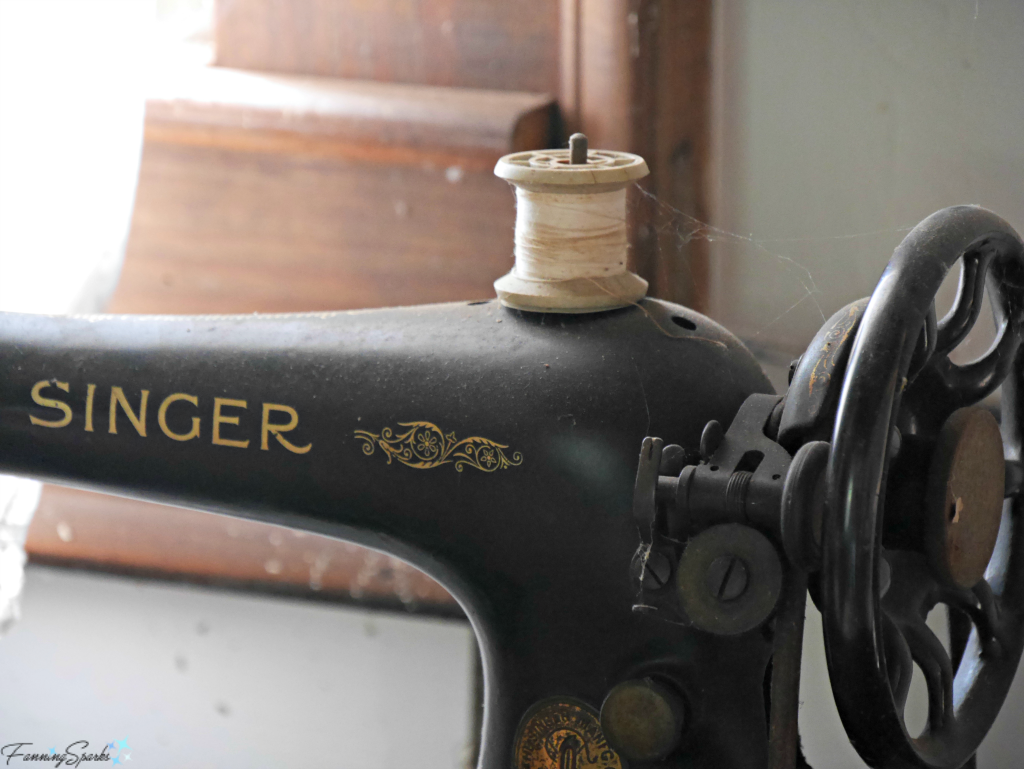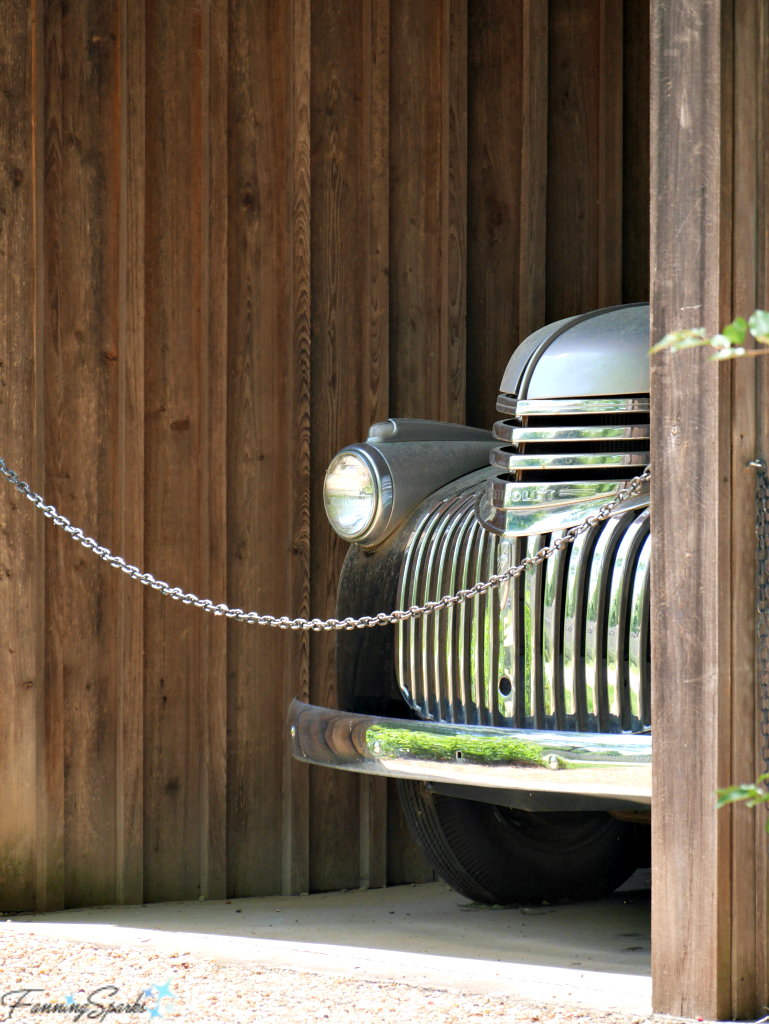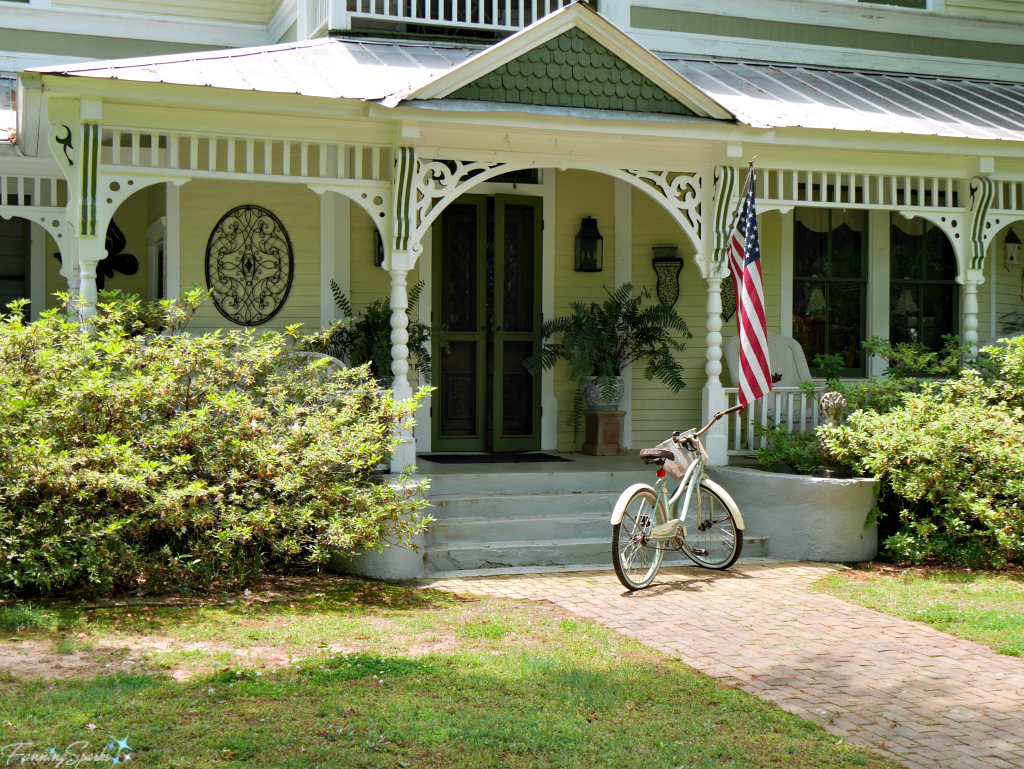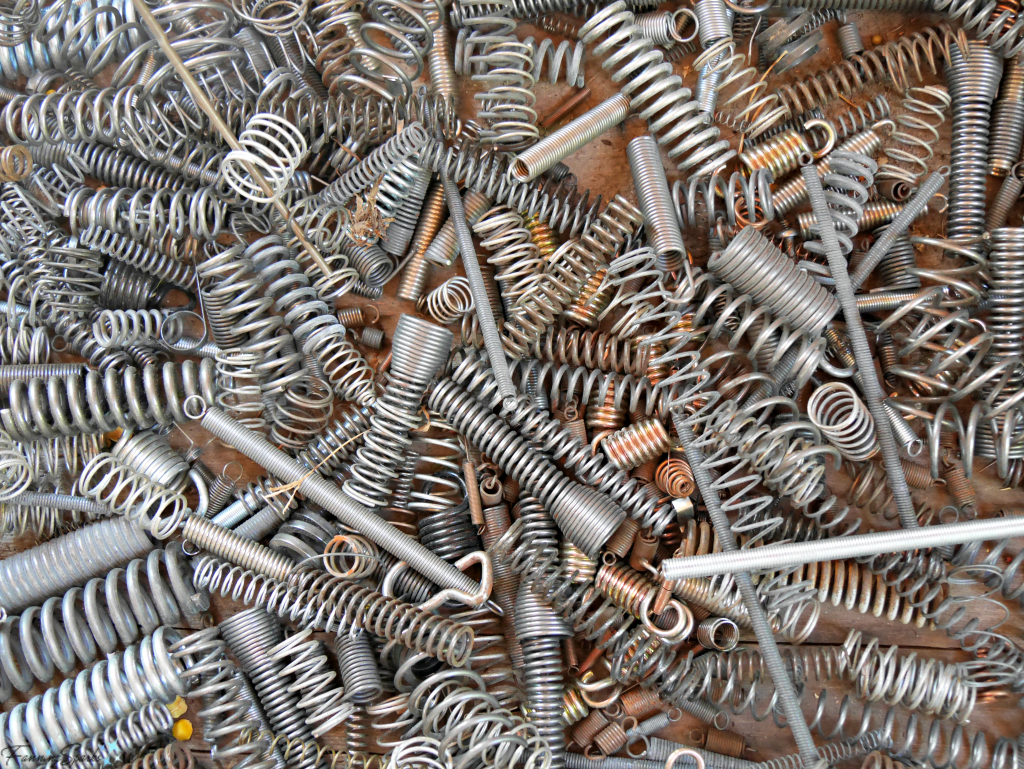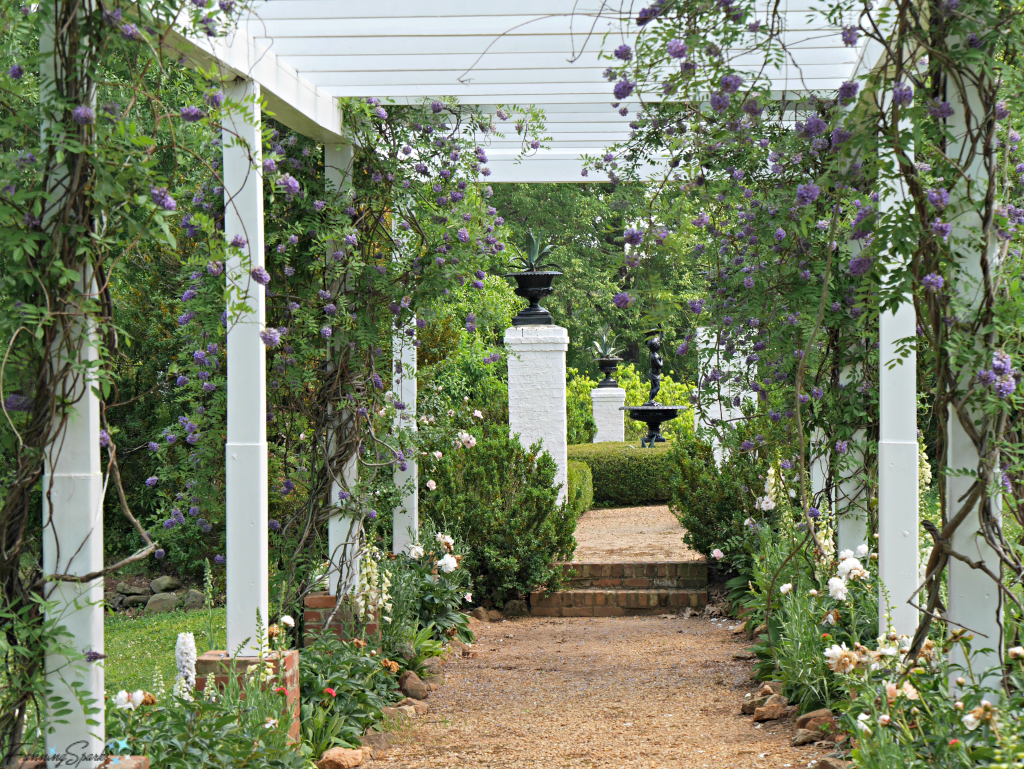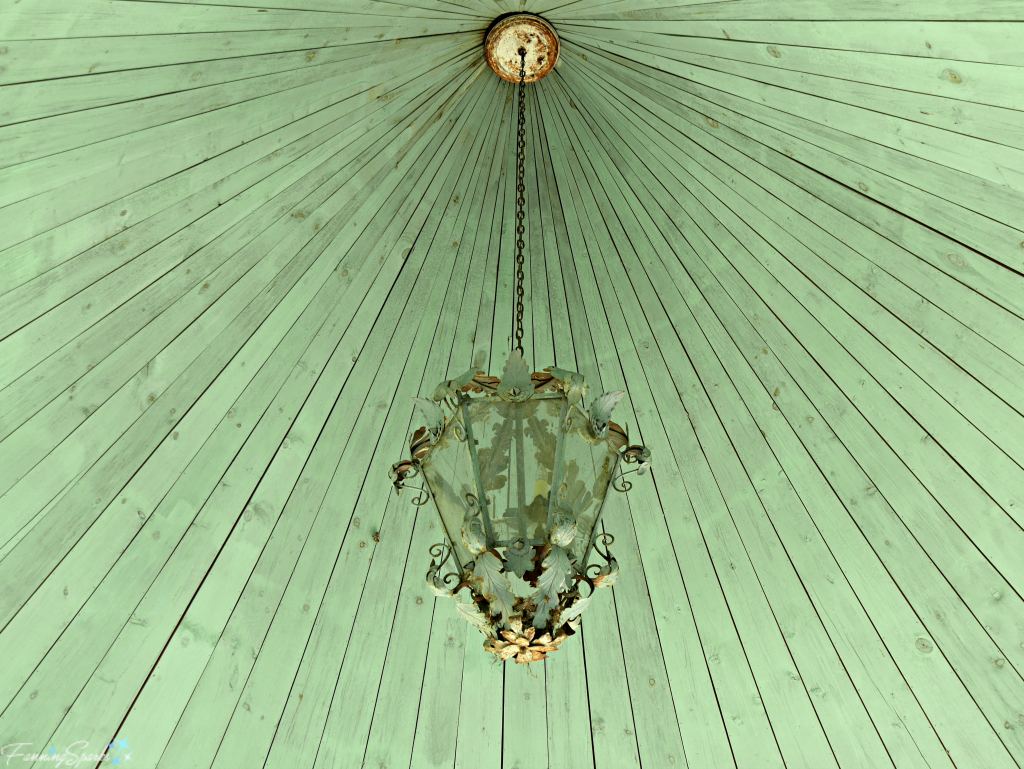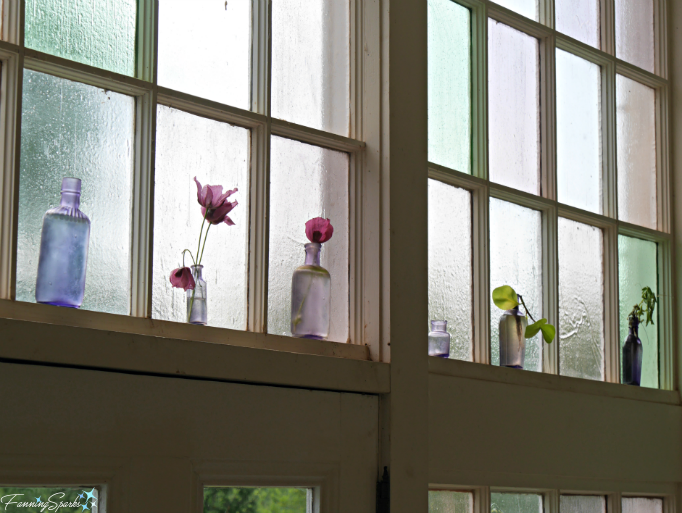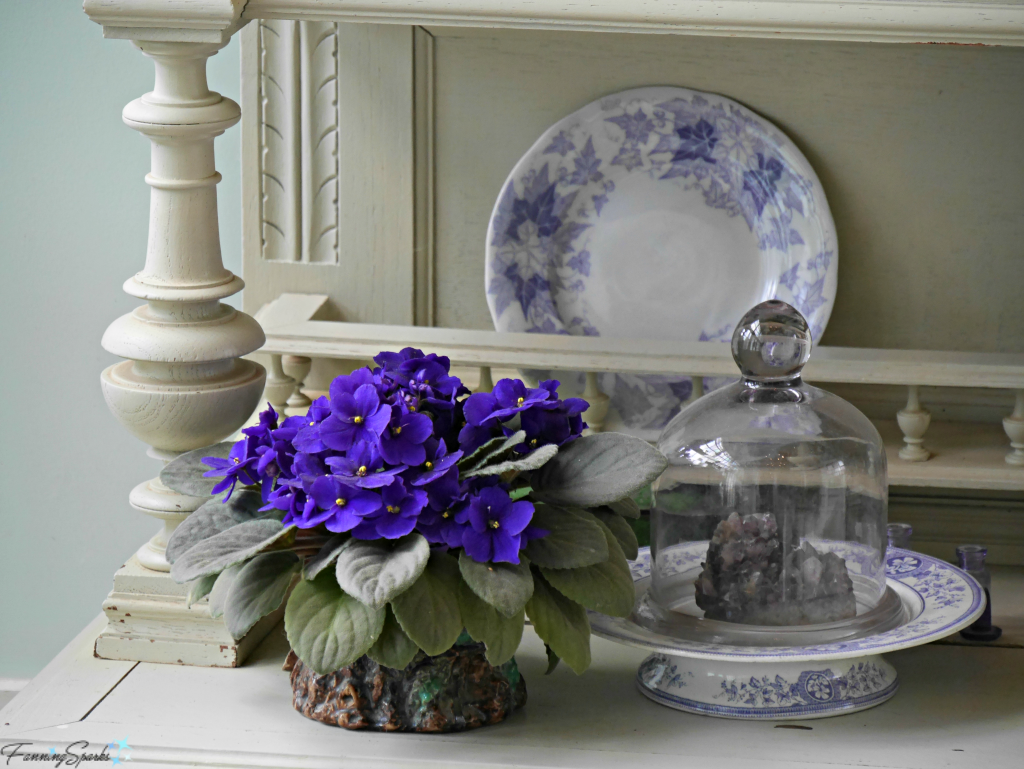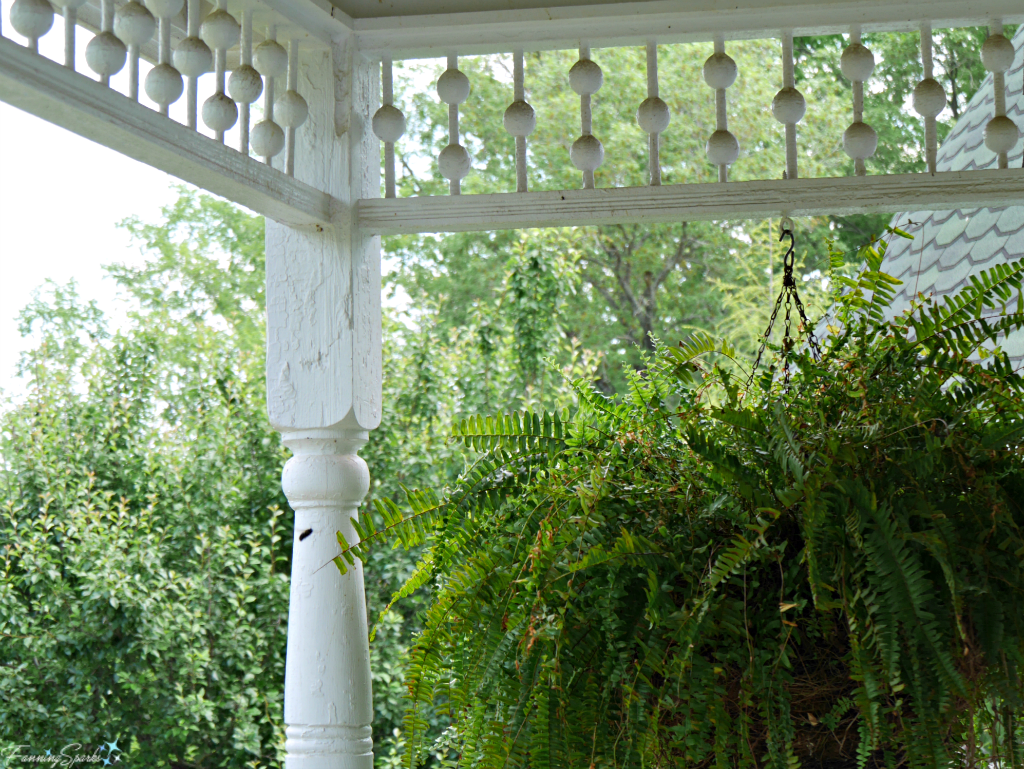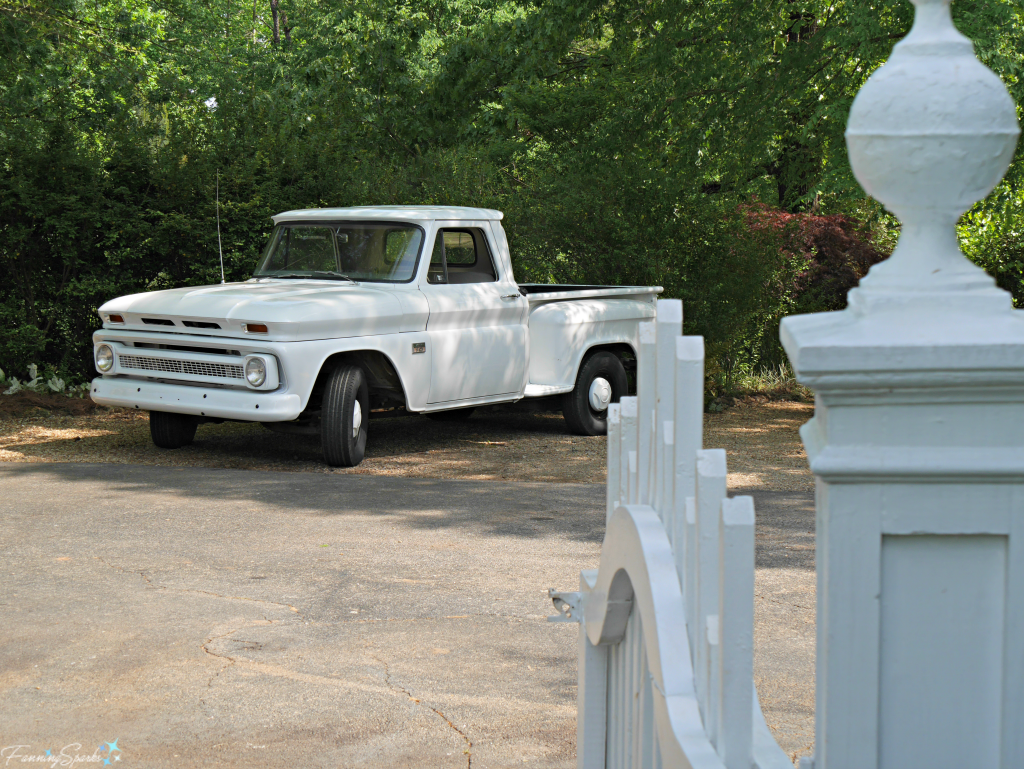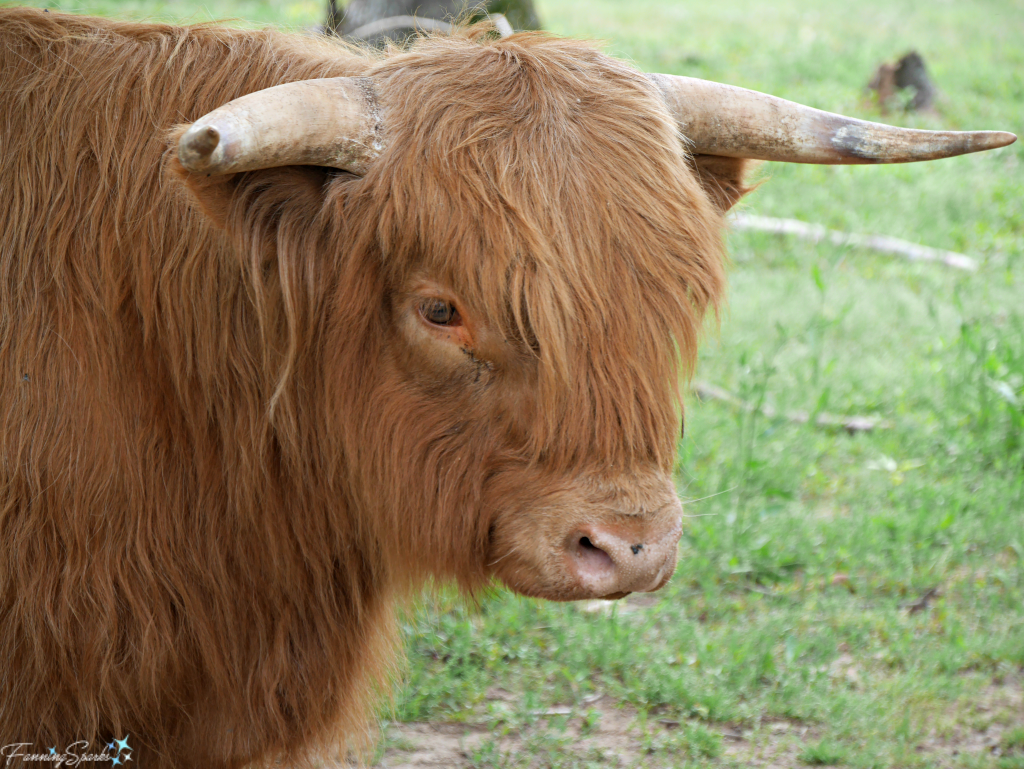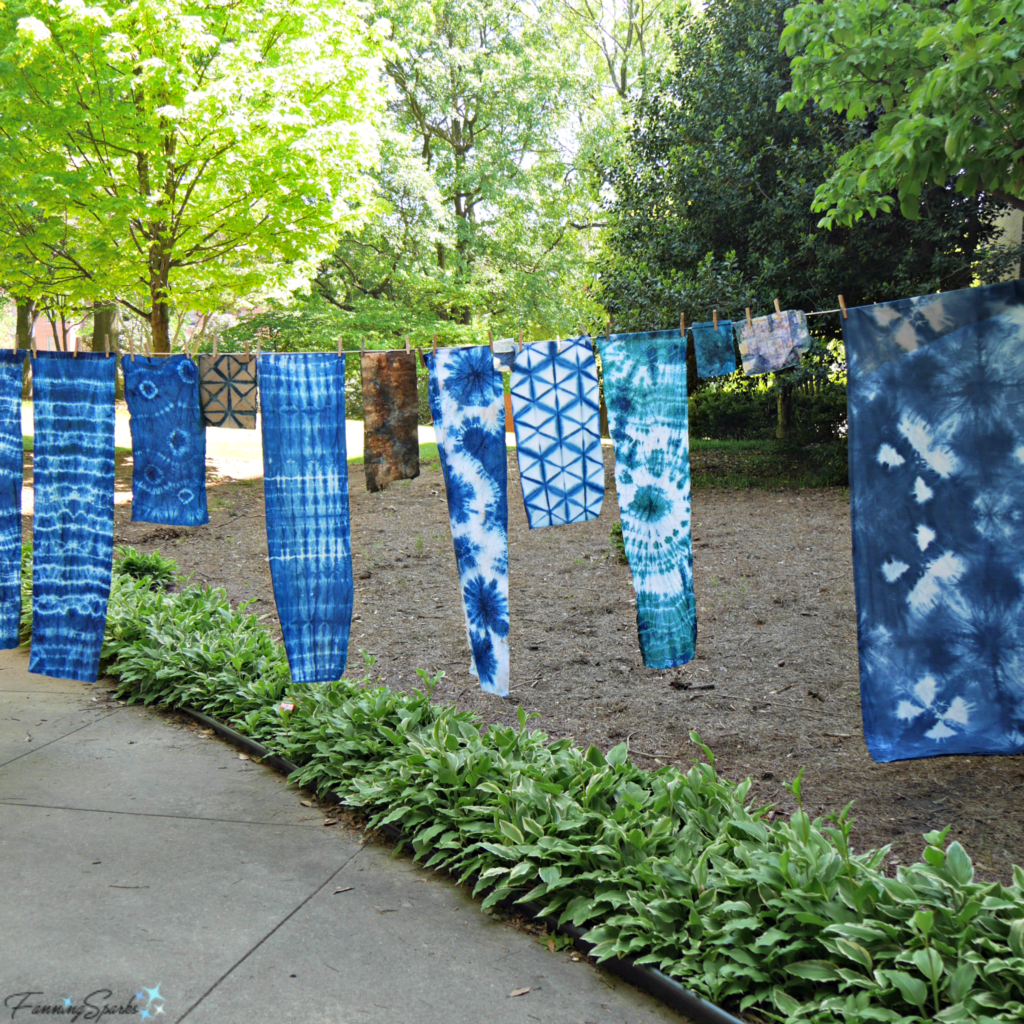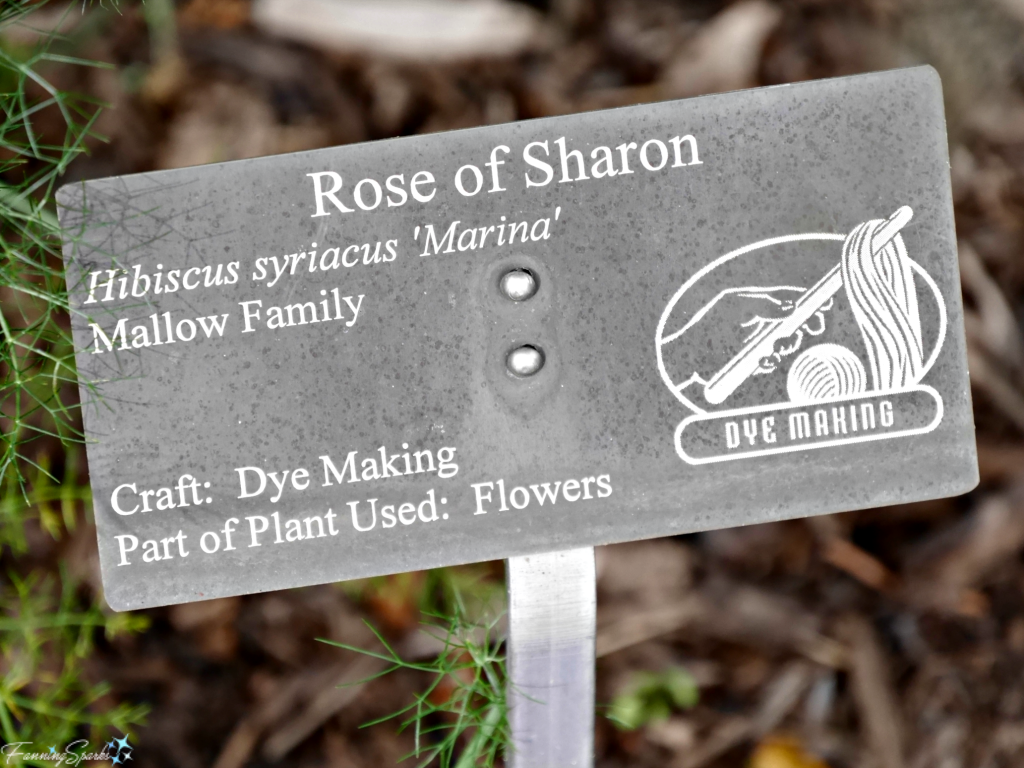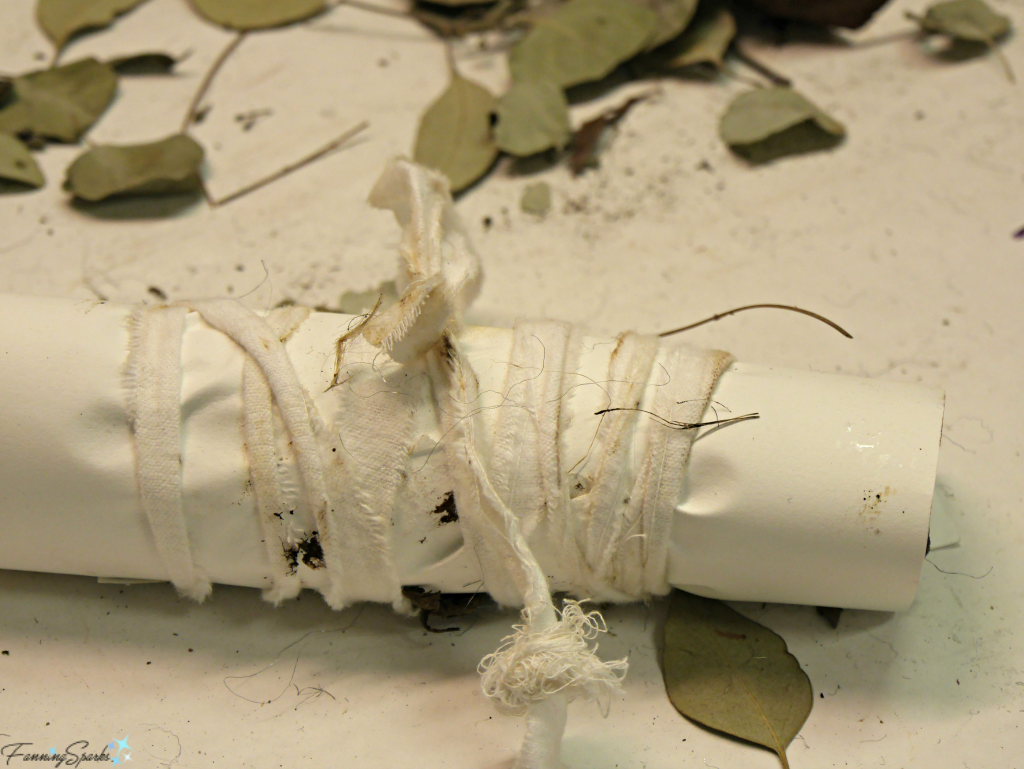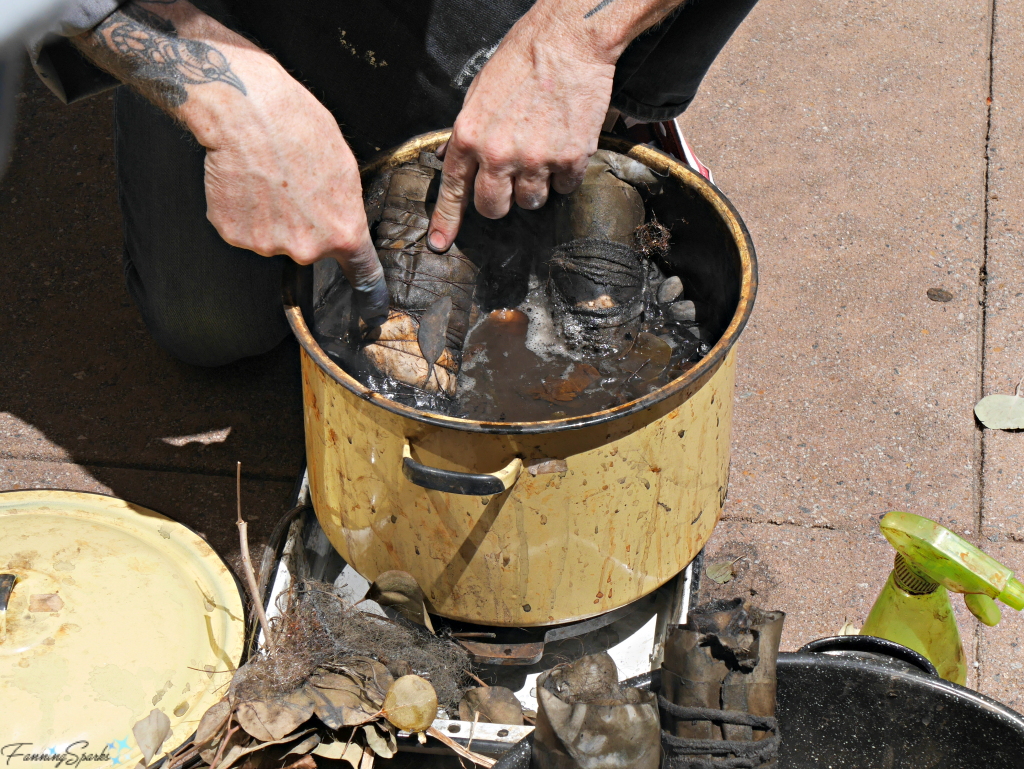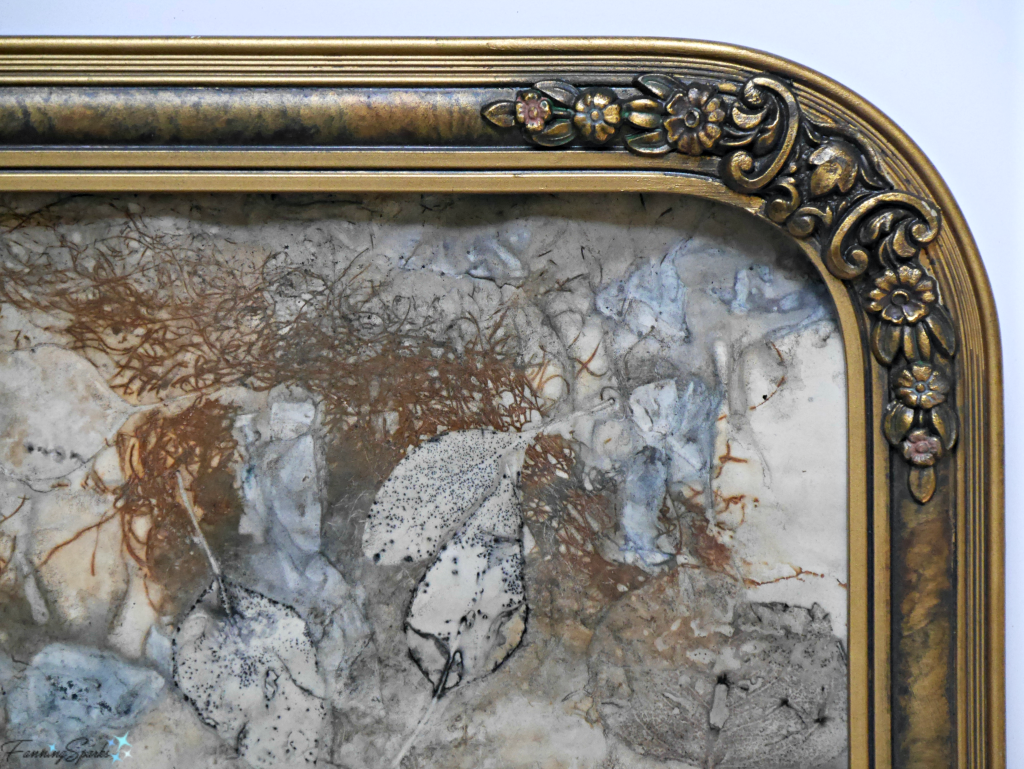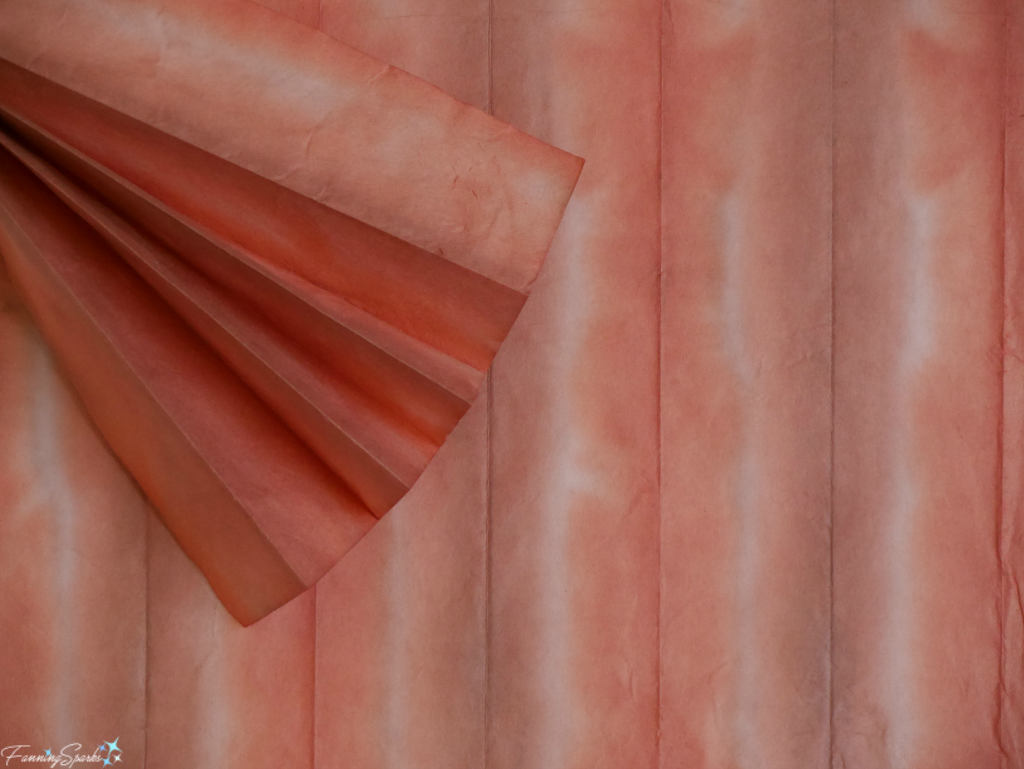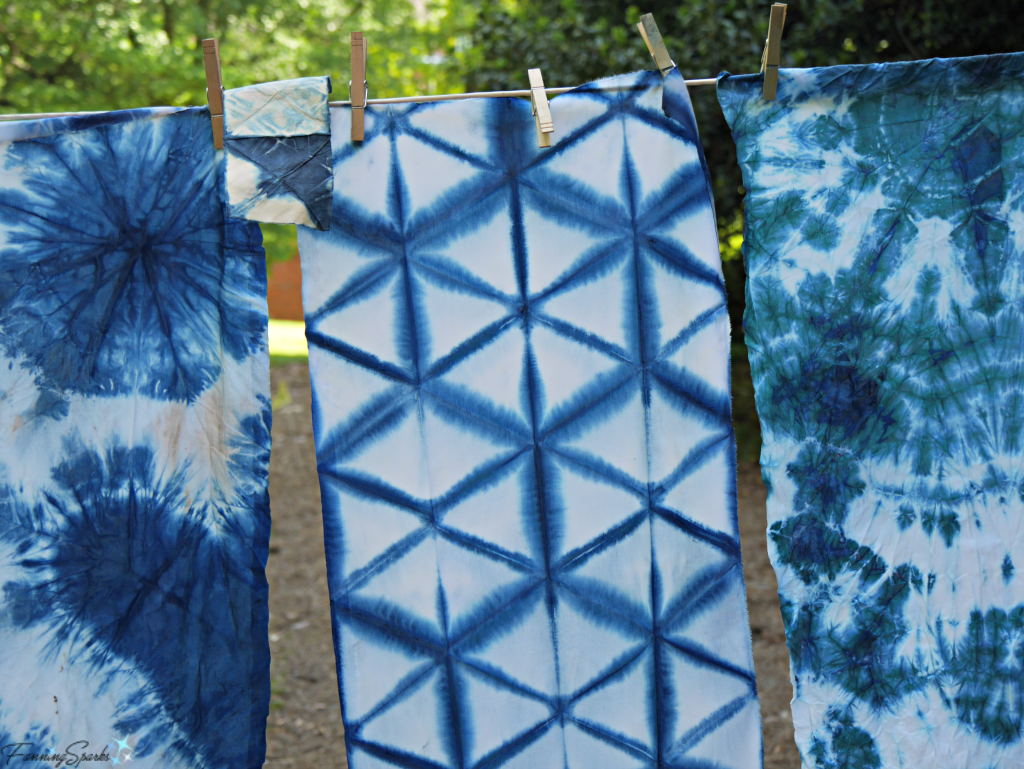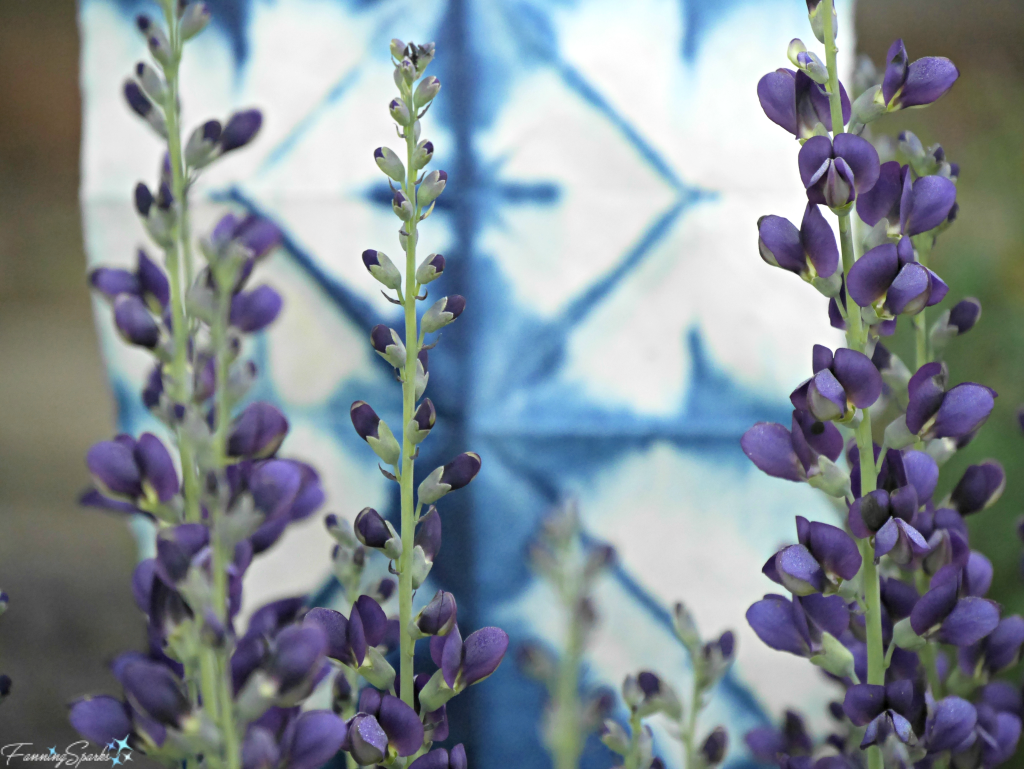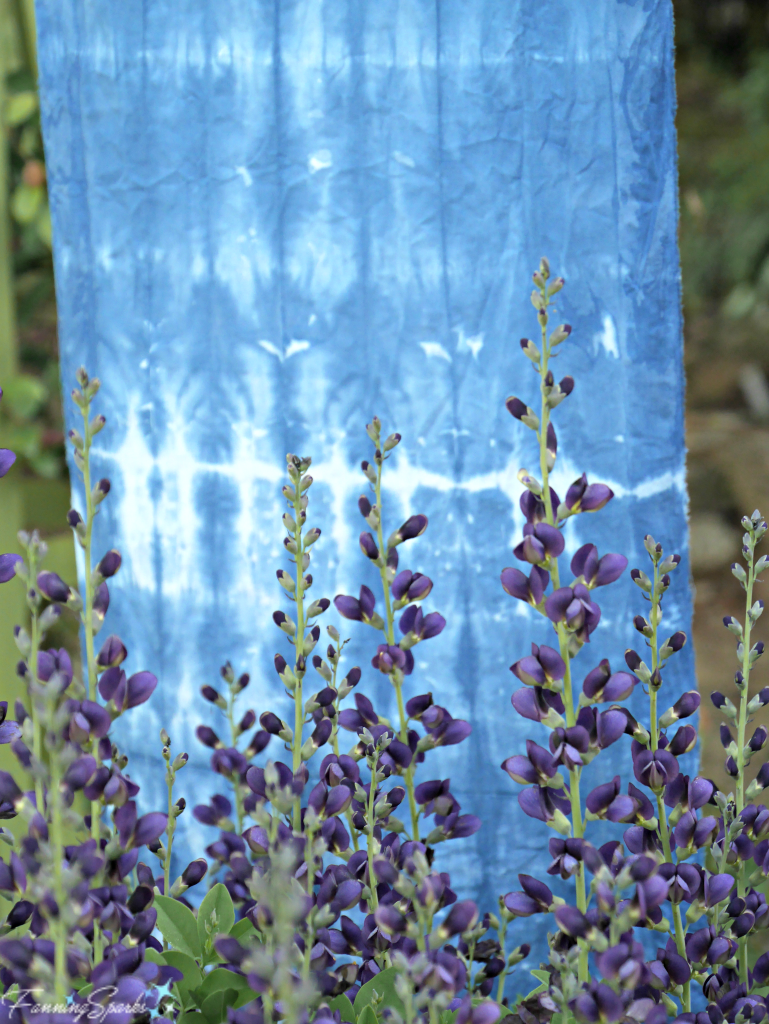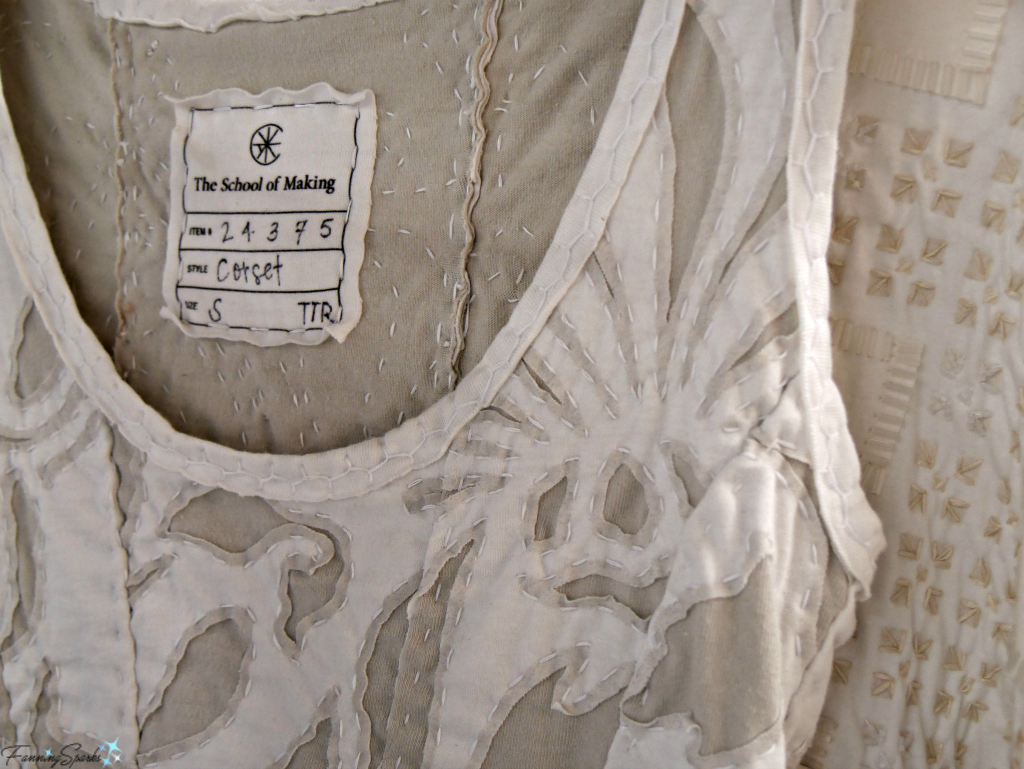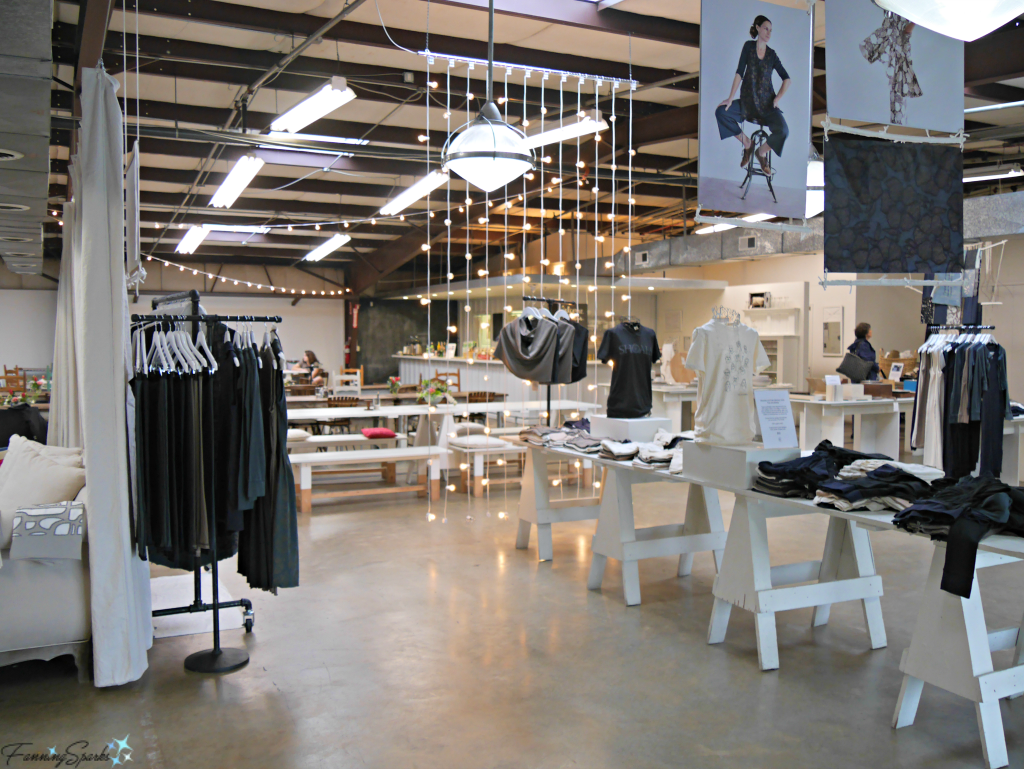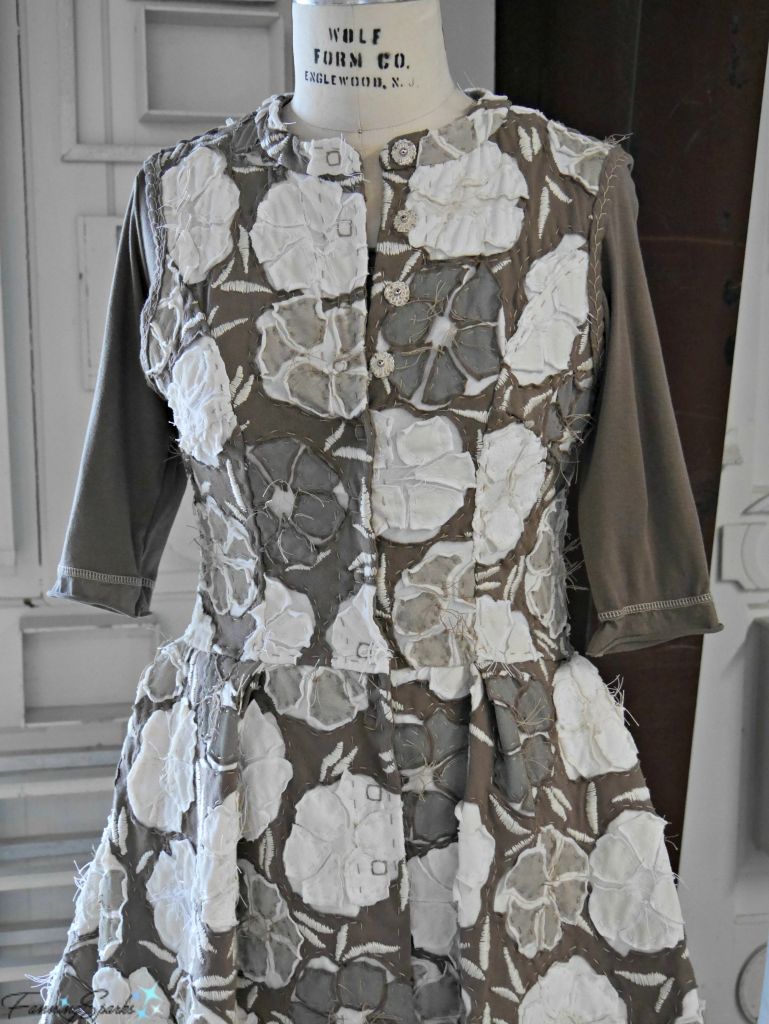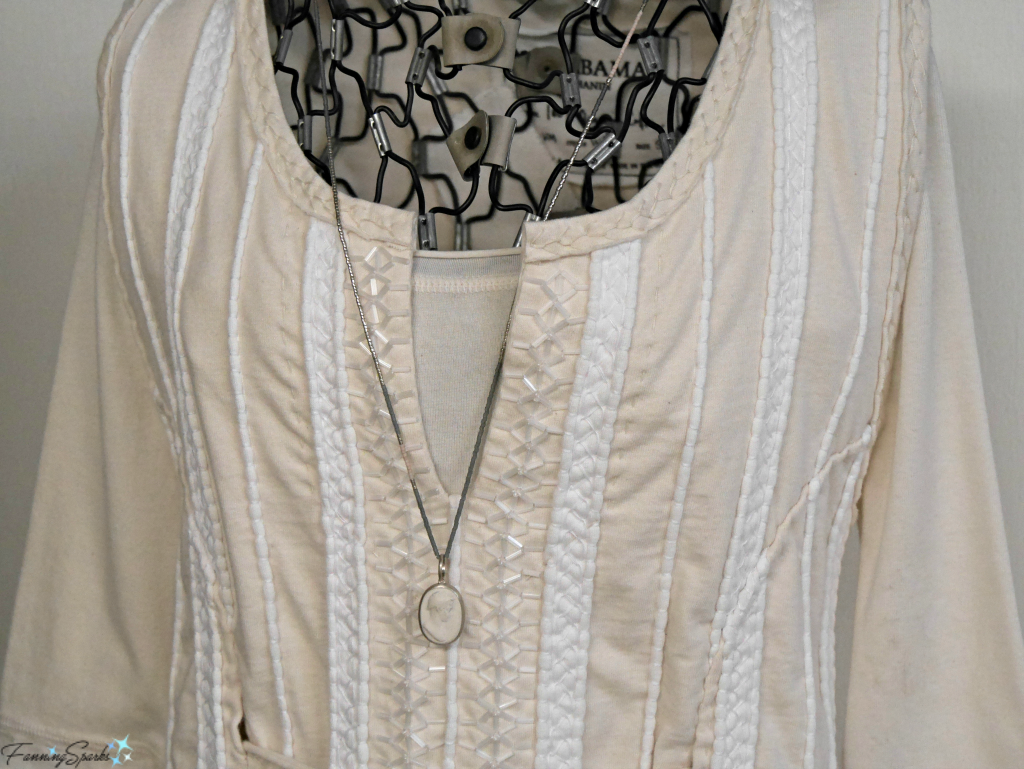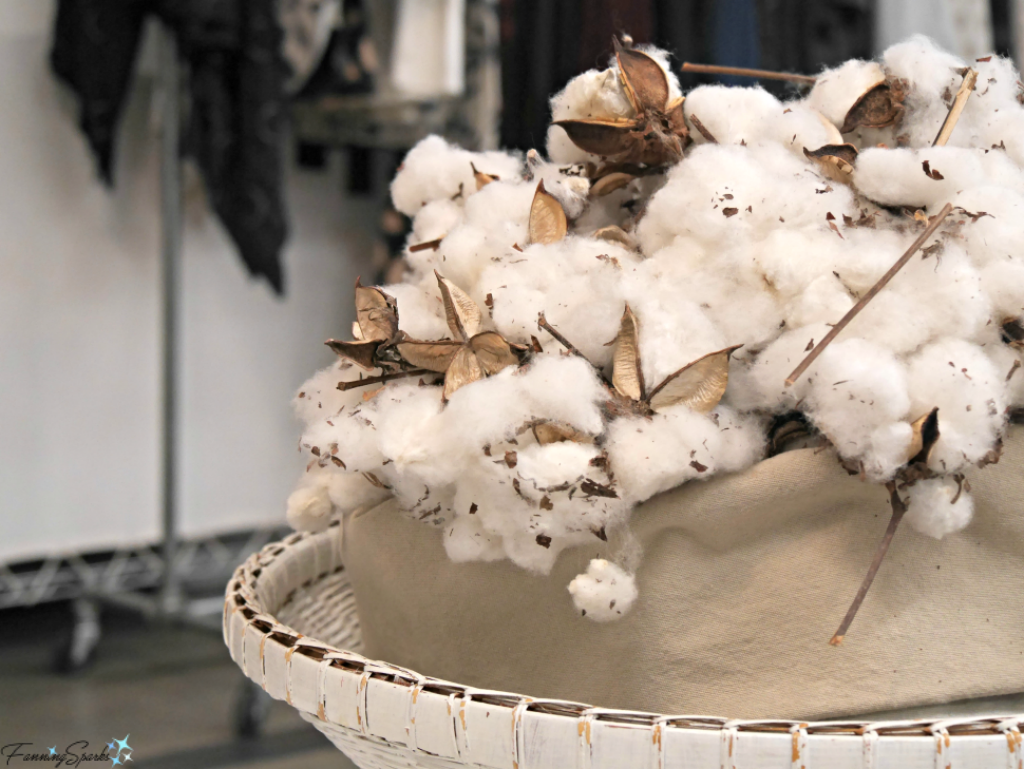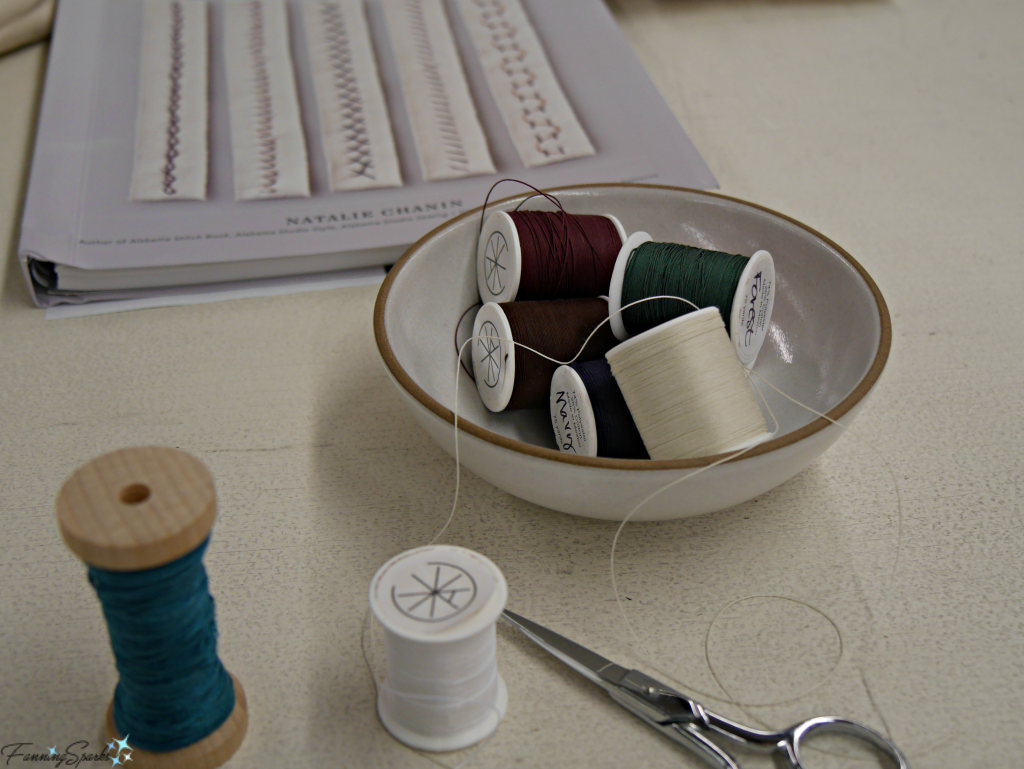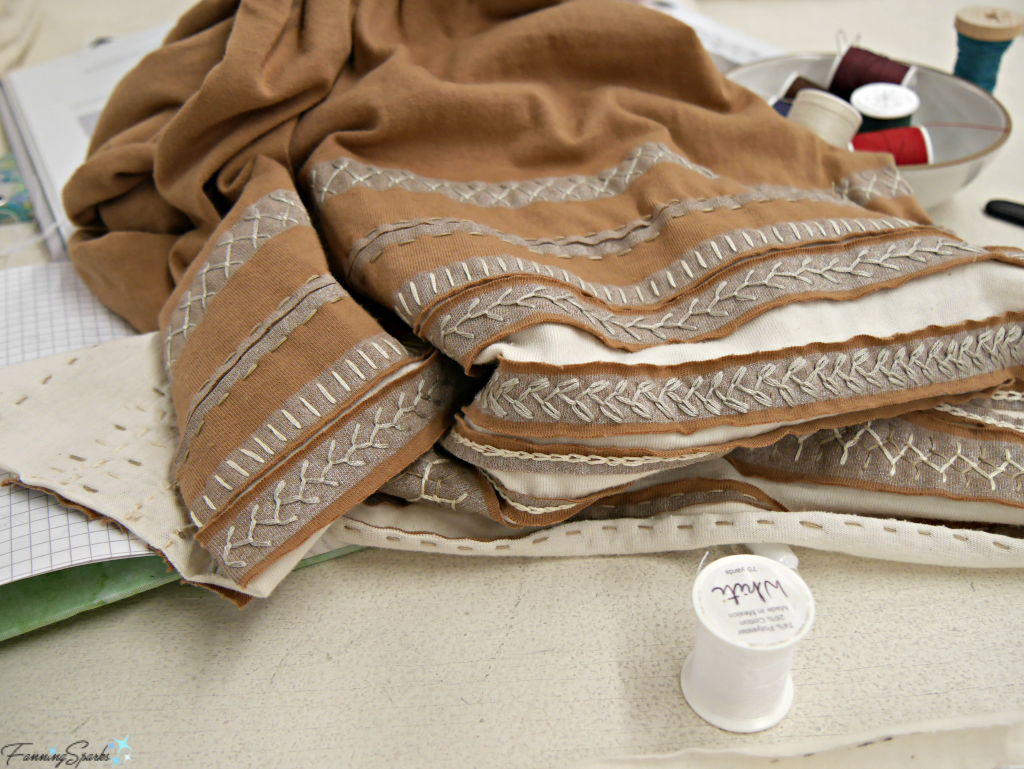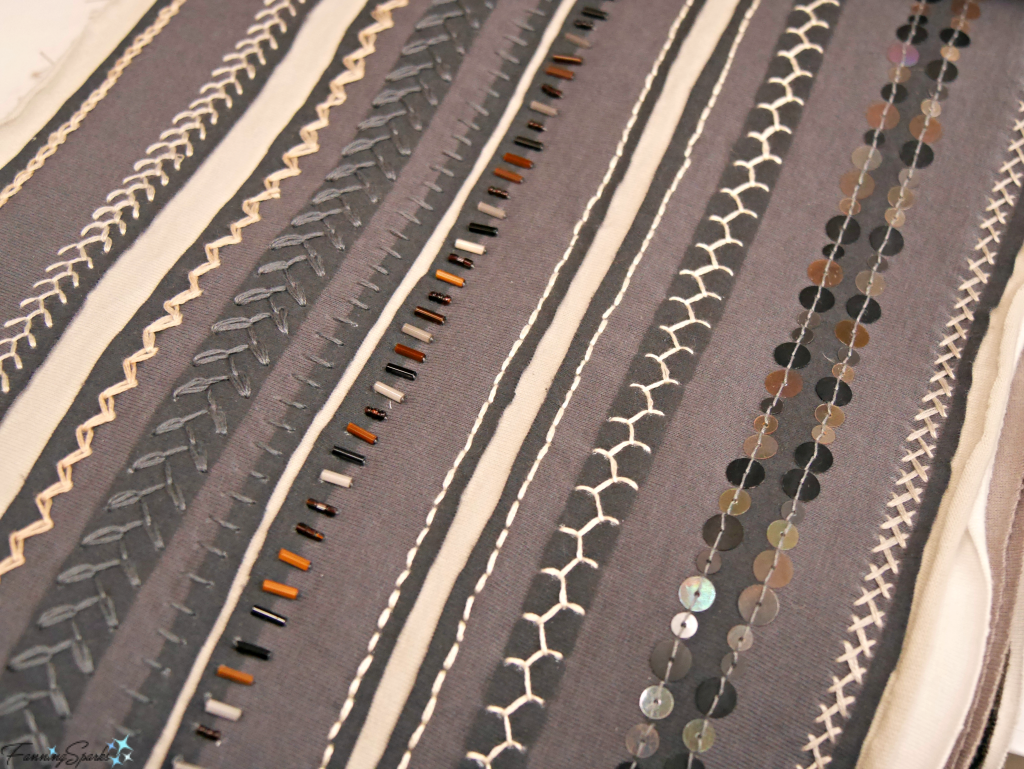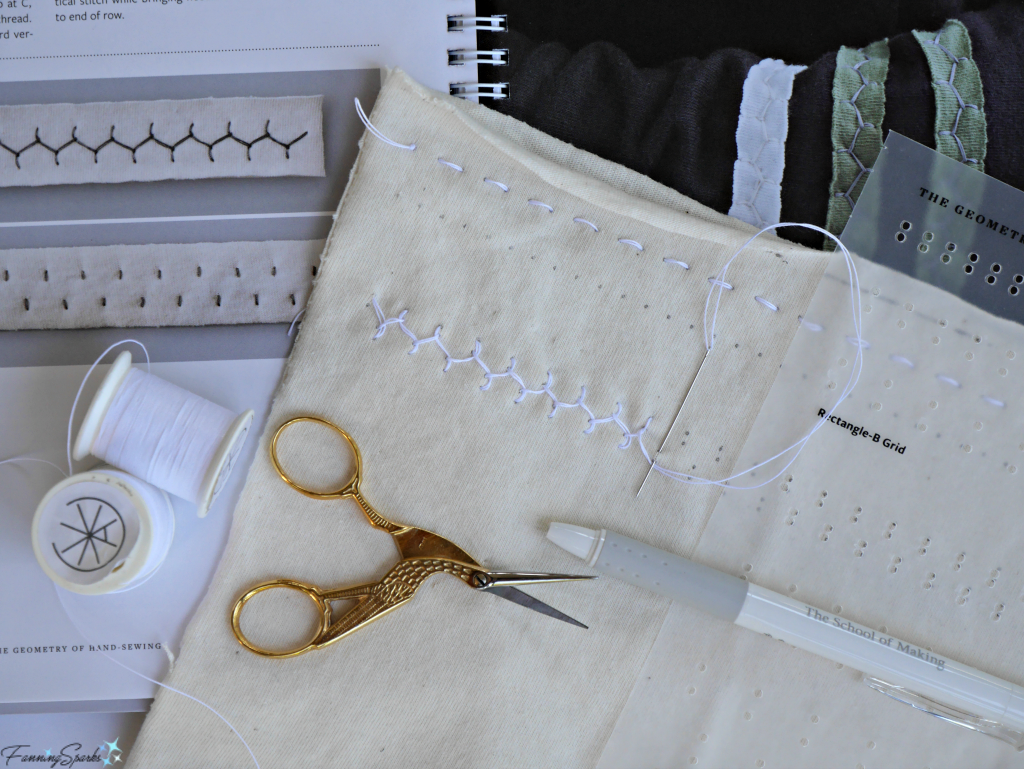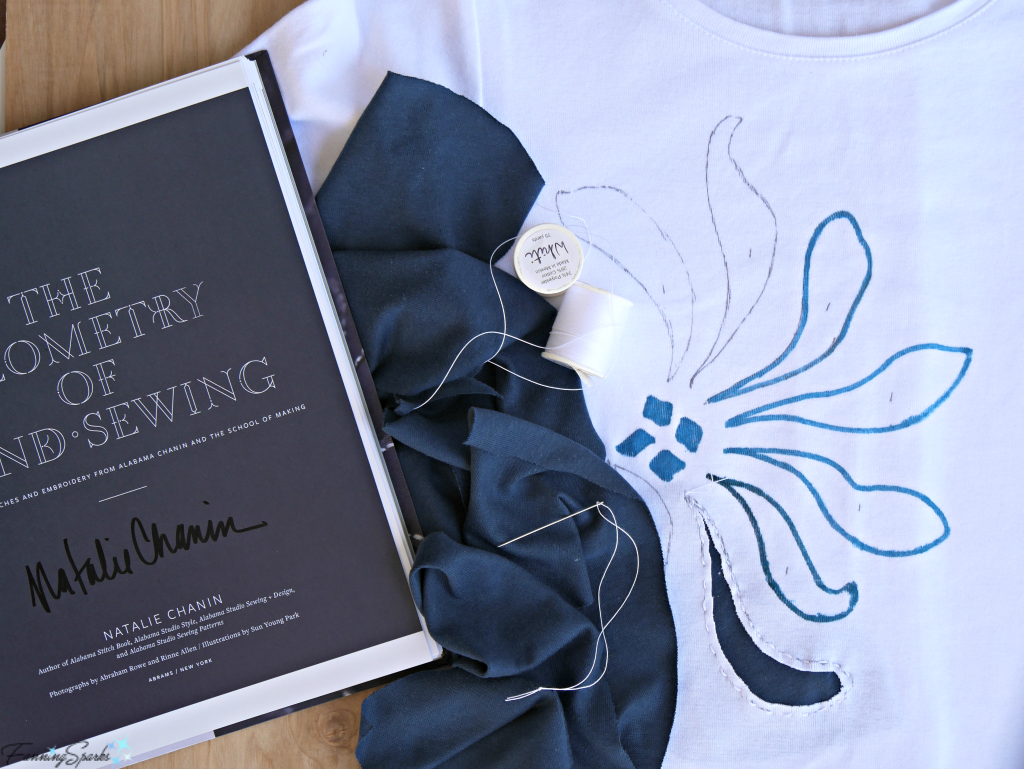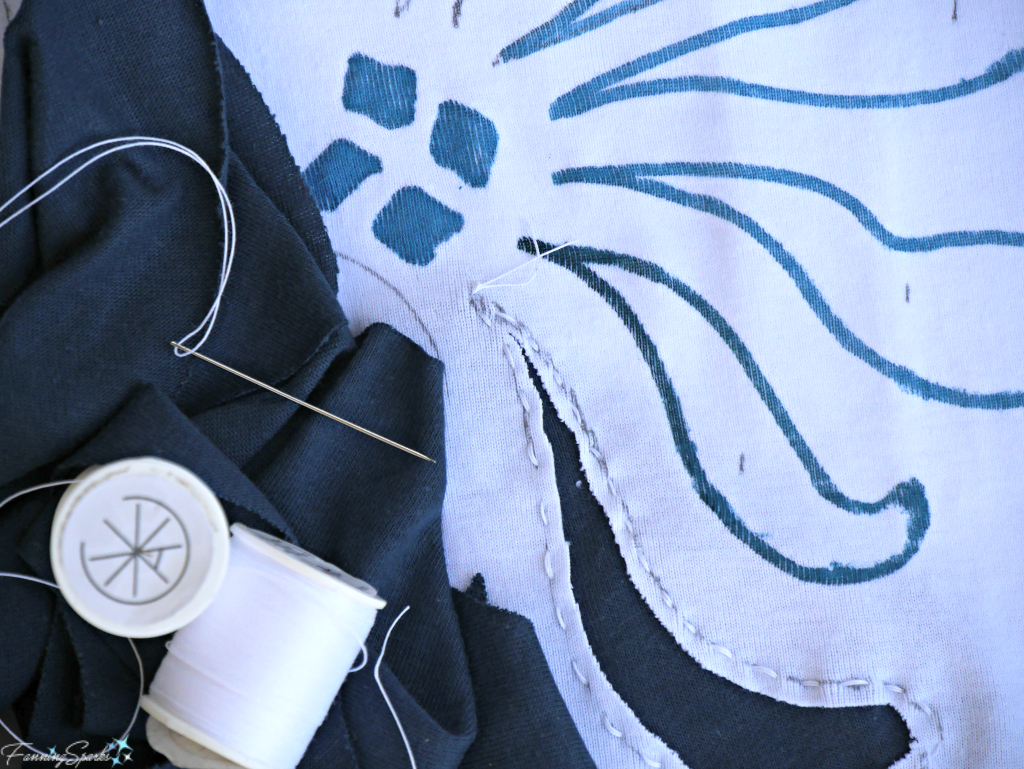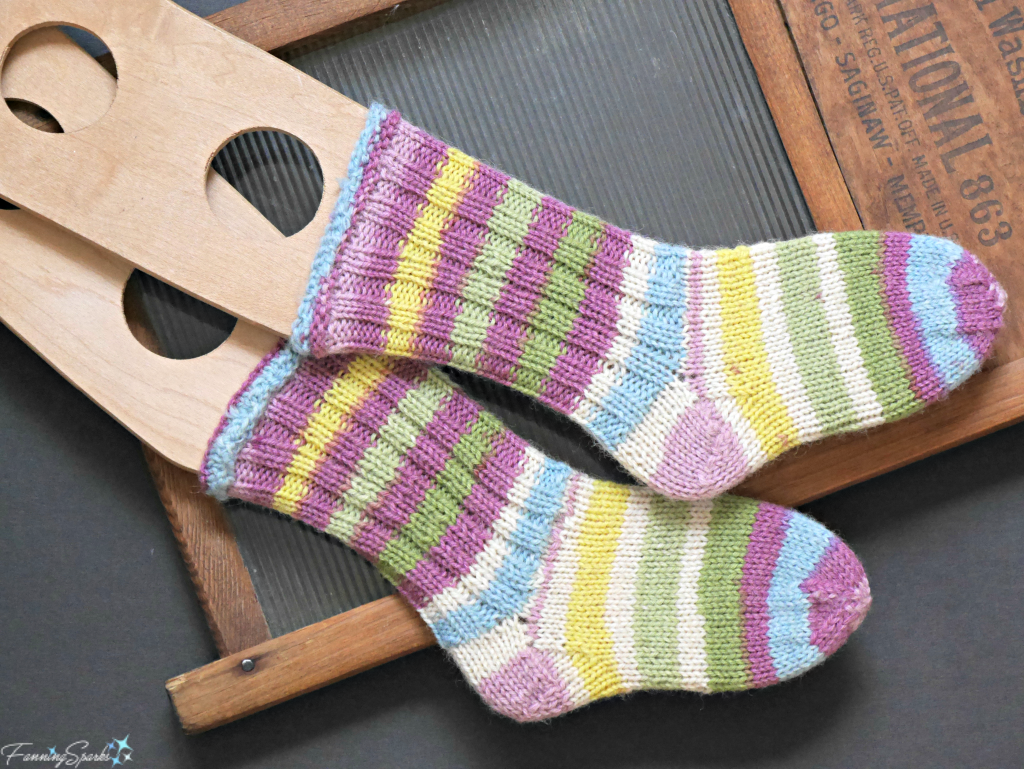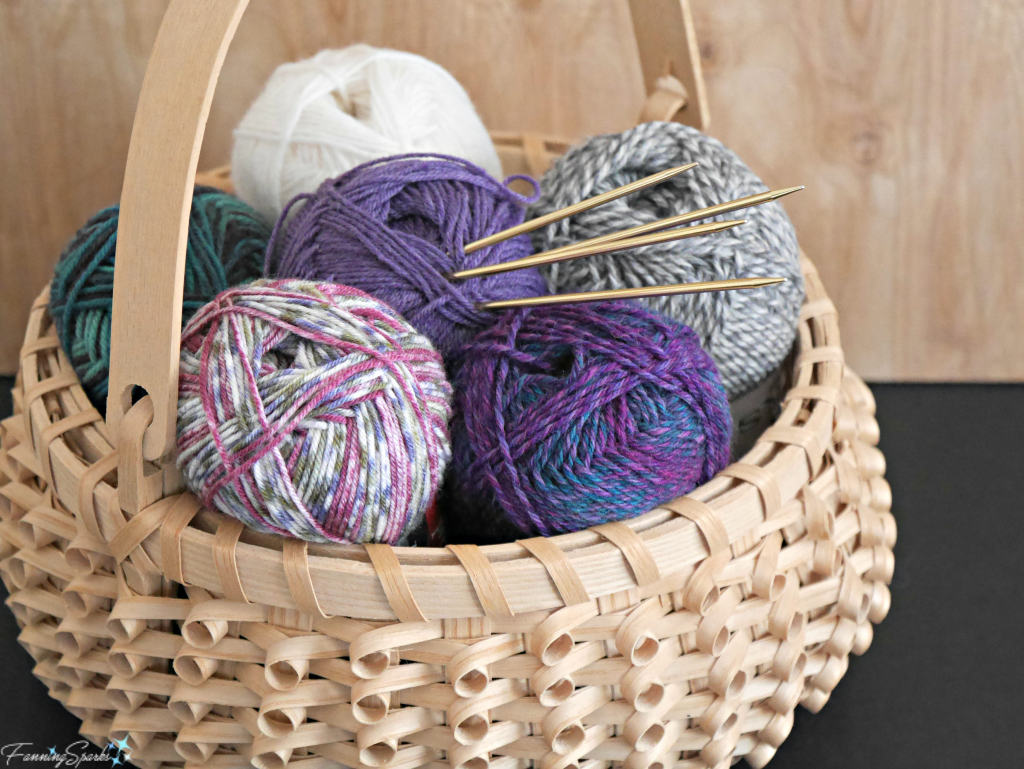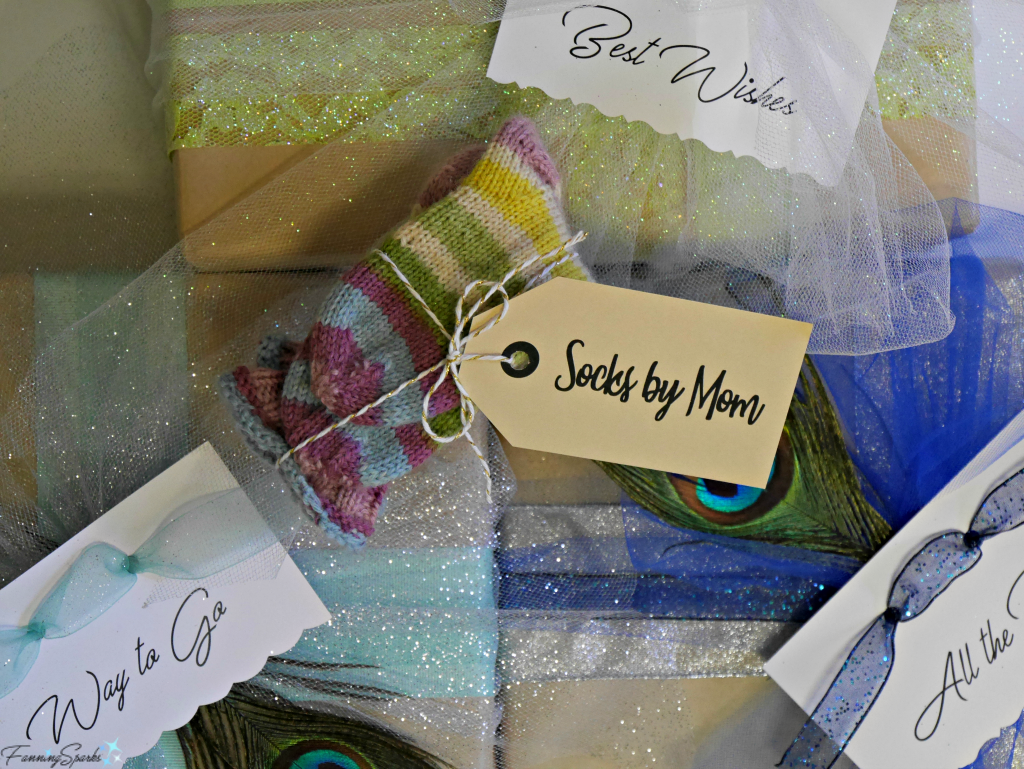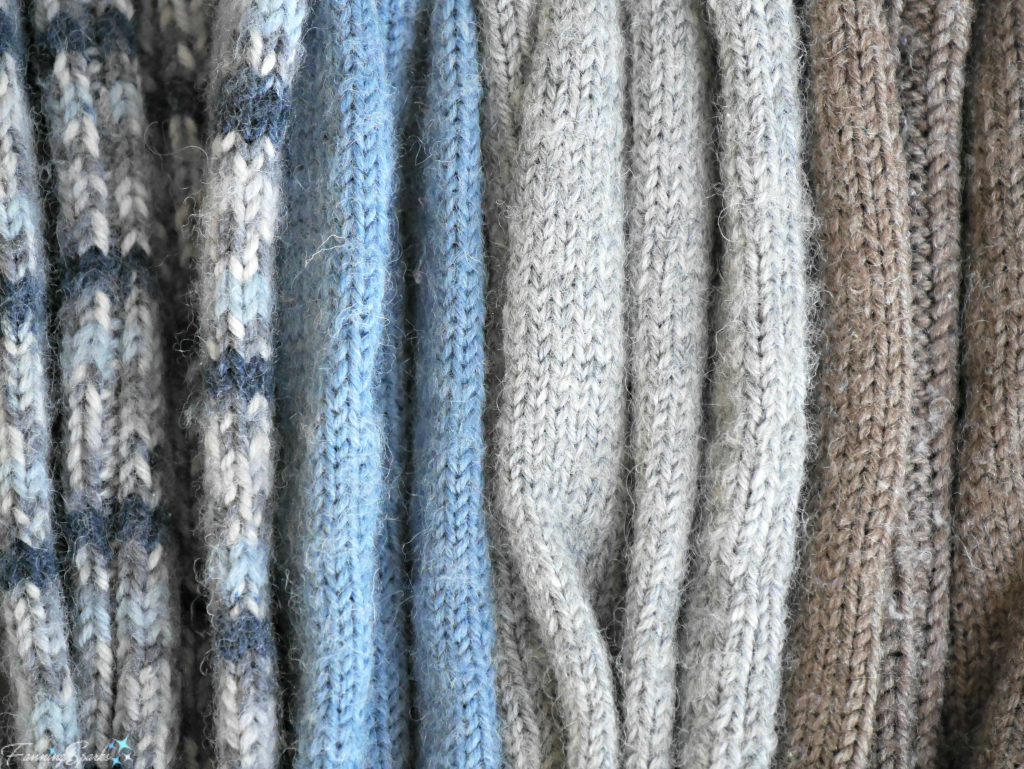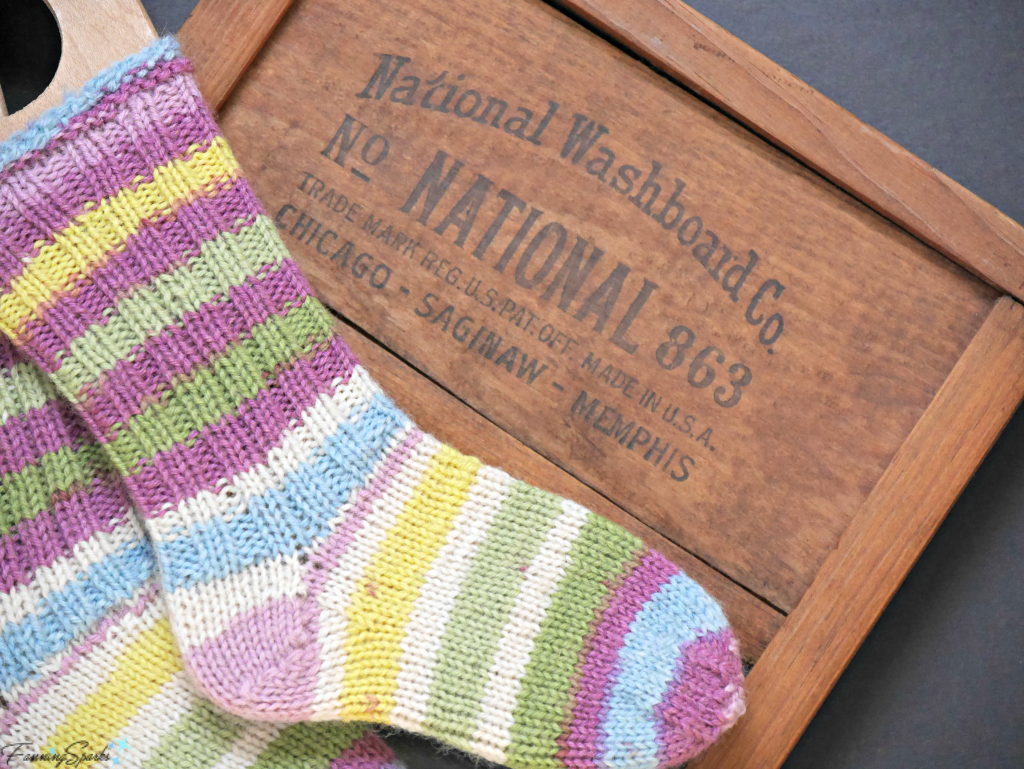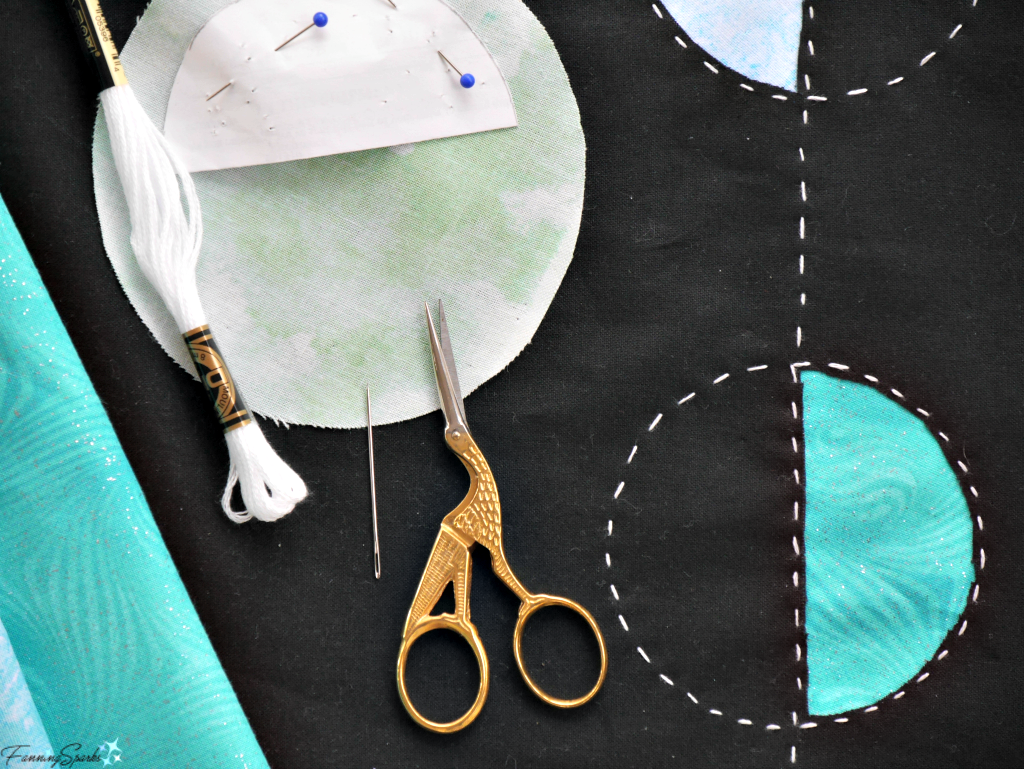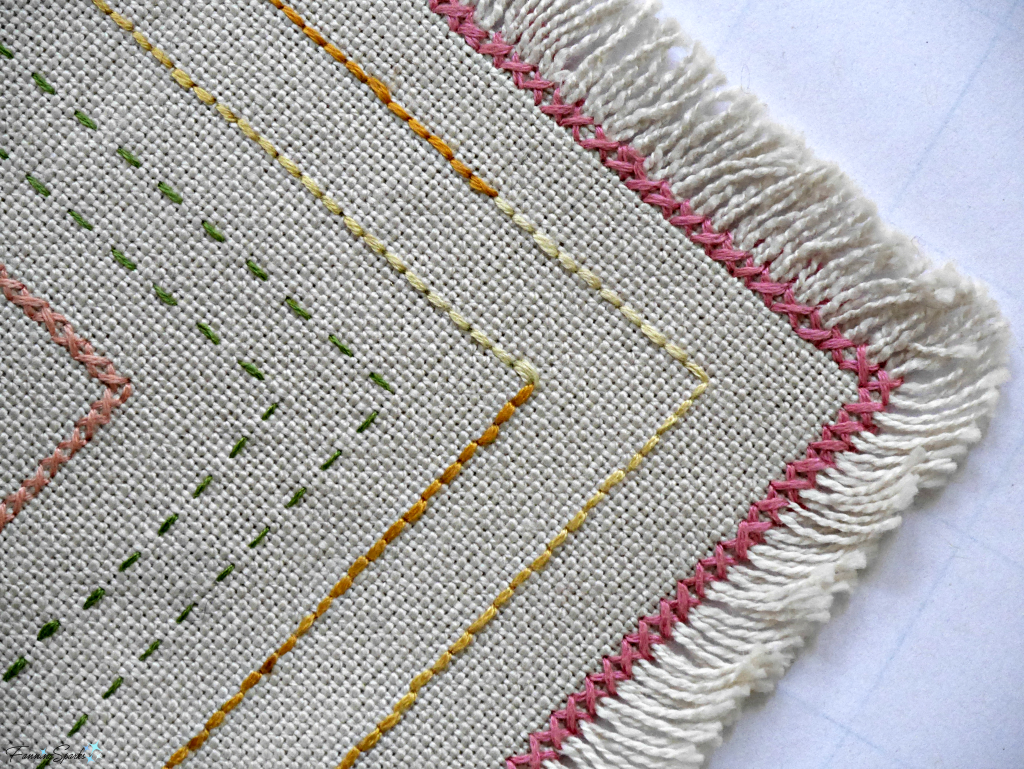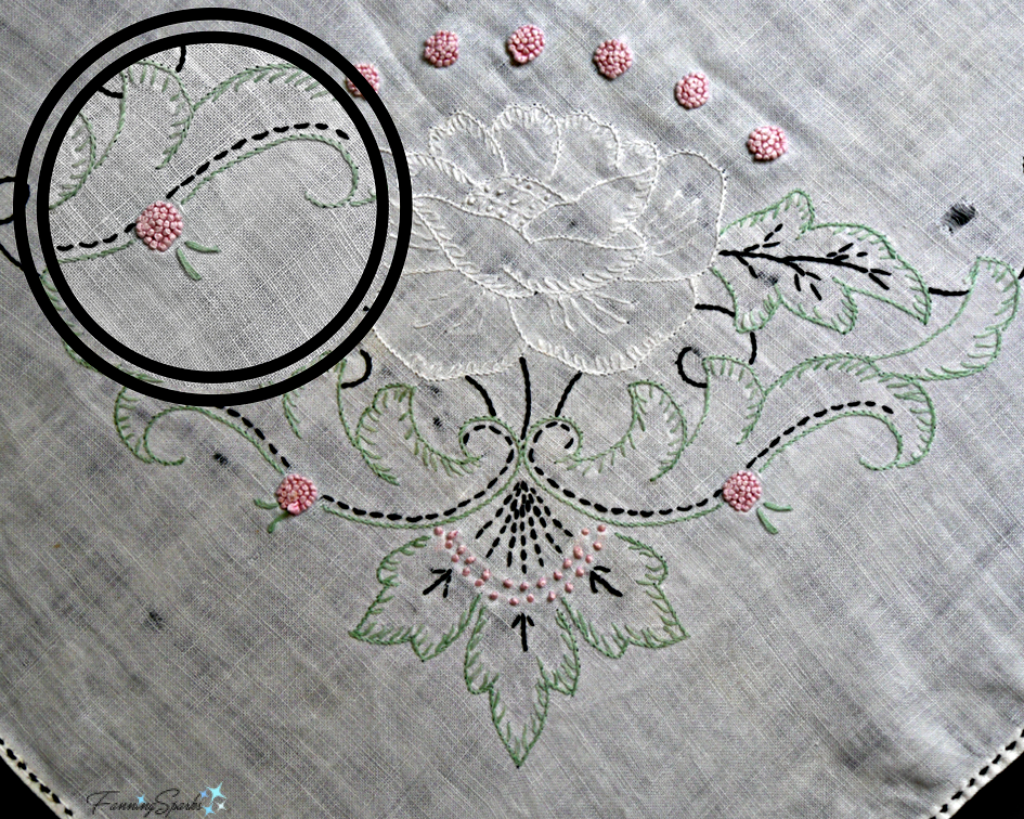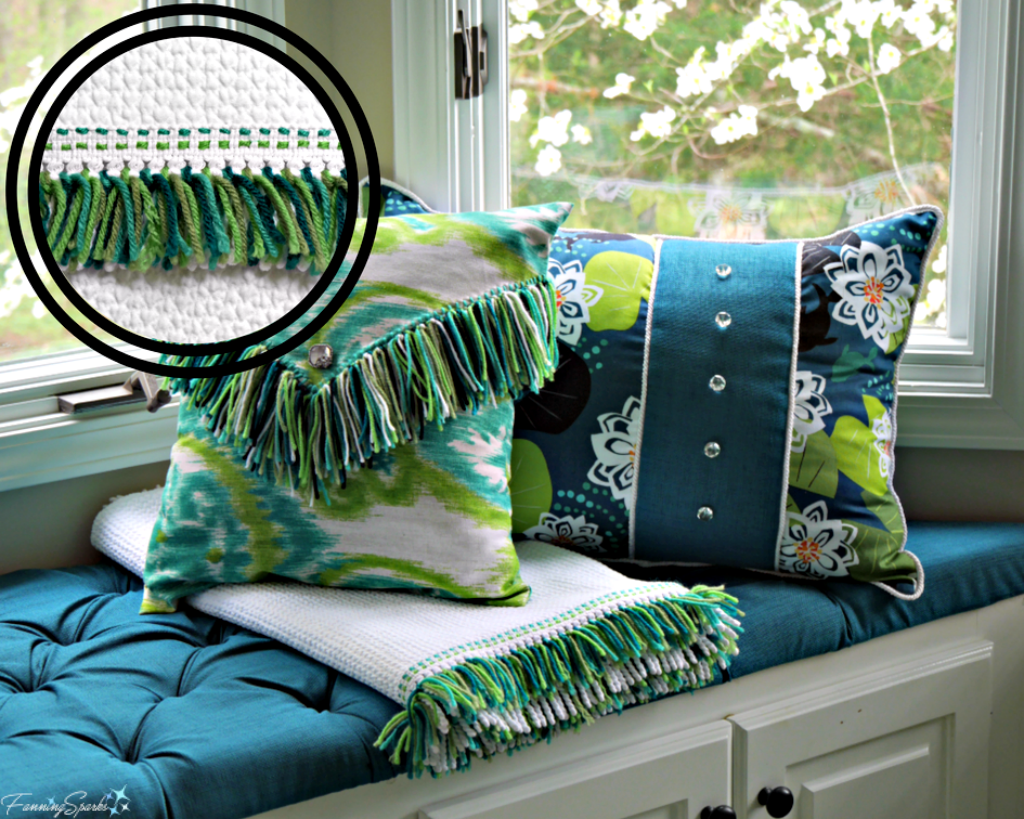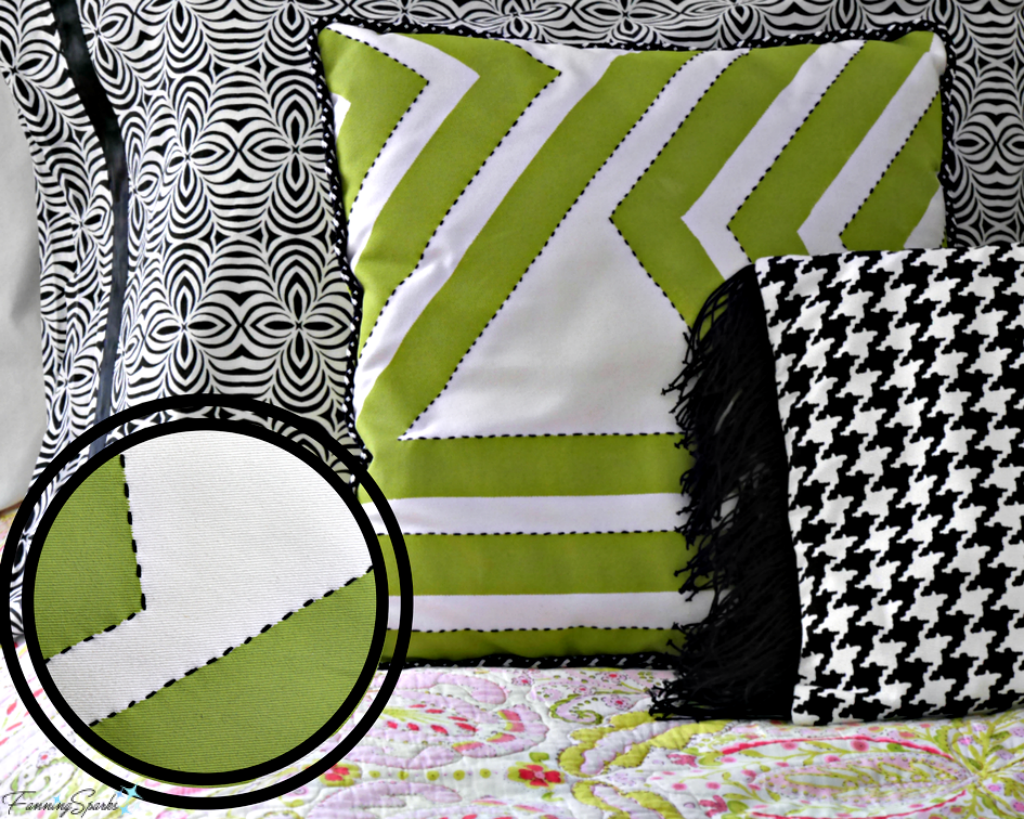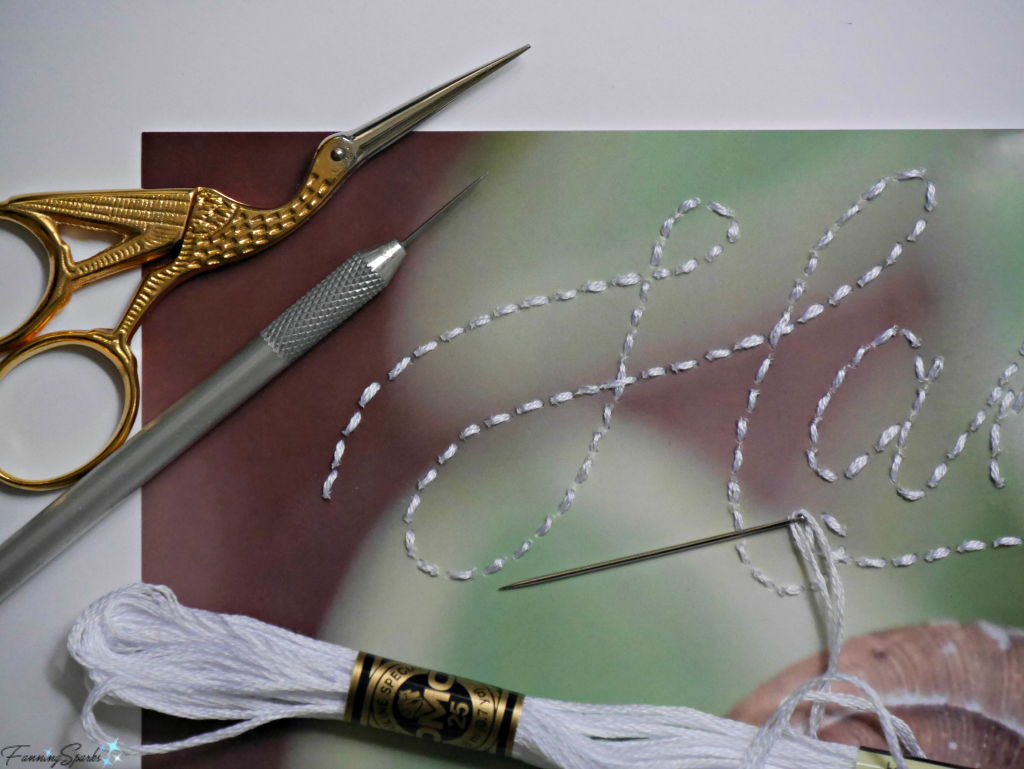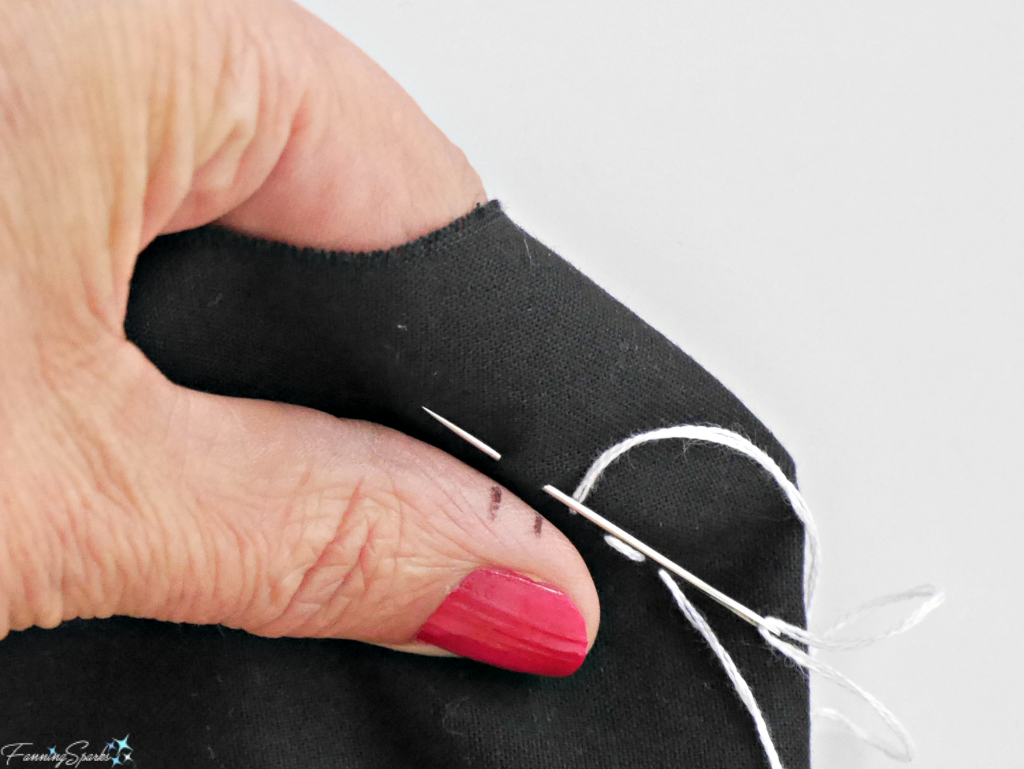As someone who loves to make, I’m always looking for places to display my treasures and store my projects and materials. I also need a space to tack ideas and inspirational items. I assume fellow makers and collectors face a similar challenge. Today I’d like to share how I solved this problem with what I consider to be The Ultimate Maker’s Cabinet.
My Criteria
When I started thinking about a Maker’s Cabinet, I had several seemingly conflicting criteria in mind. Let’s walk through my criteria and I’ll show you how I addressed each one.
1.The Maker’s Cabinet should be an attractive piece of furniture that will fit in anywhere in my home. It can’t require a studio or dedicated craft area. It should be a separate piece of furniture that can be moved and should not be built in.
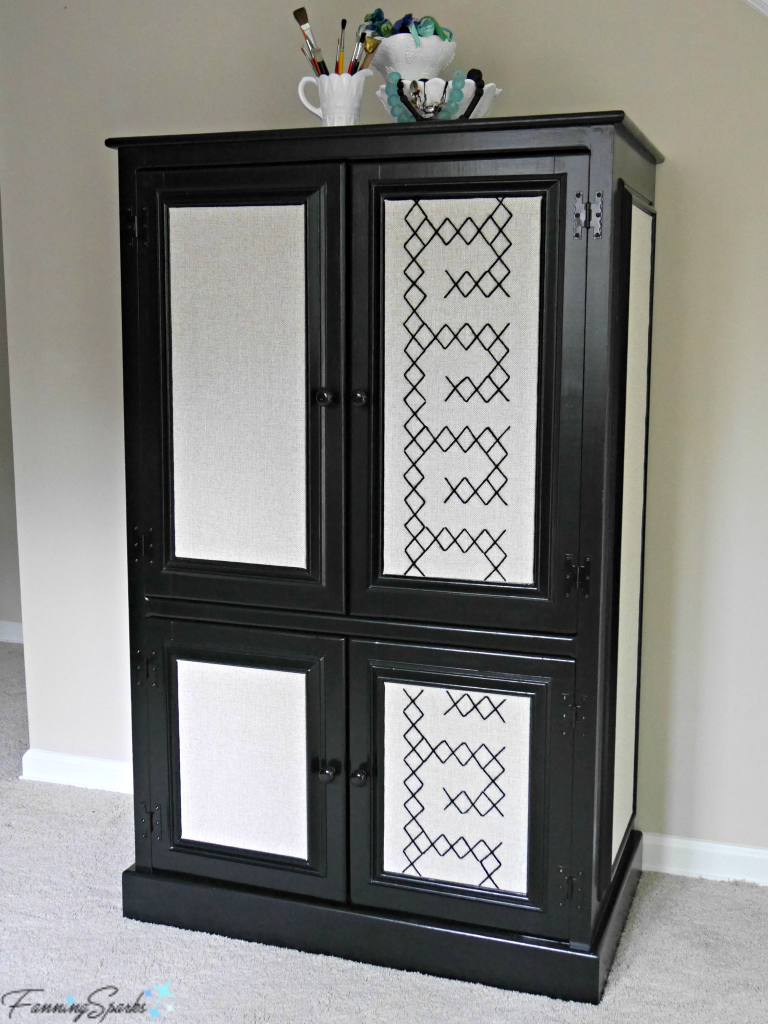
2. The Maker’s Cabinet should make a statement on its own. It should be special and stand out.
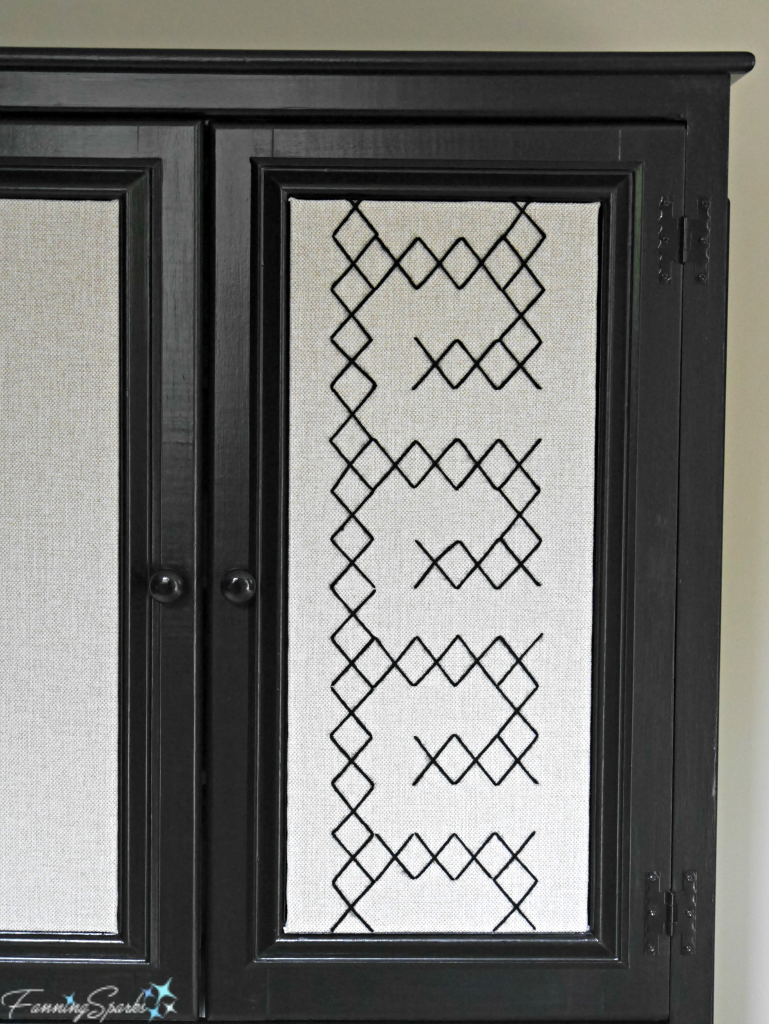
3. The Maker’s Cabinet should keep all my lovely maker collections and materials visible but allow me to hide them.
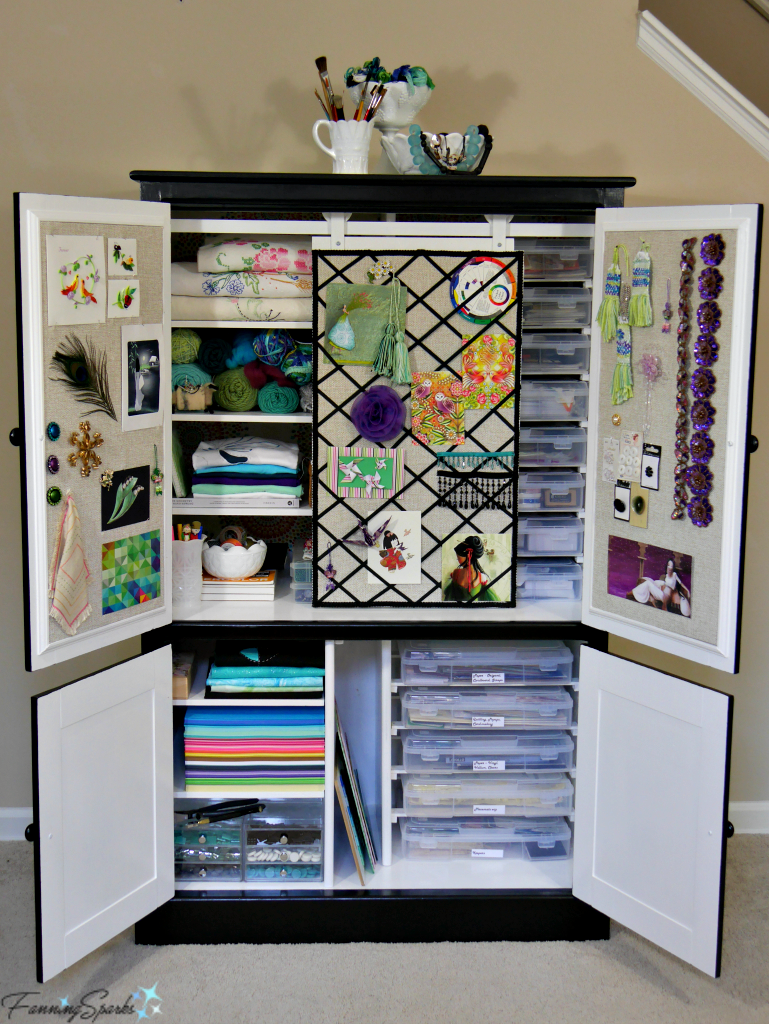
4. The Maker’s Cabinet should provide quick and easy access to all my projects and materials but keep them neatly stored and organized.
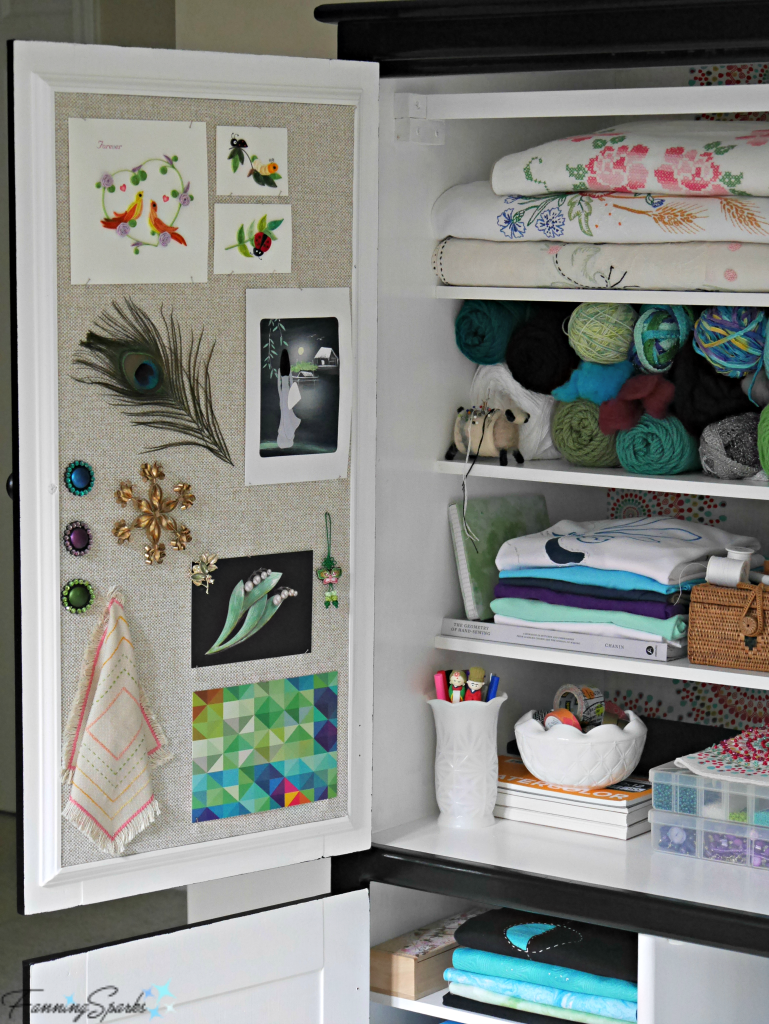
5. The Maker’s Cabinet should provide lots of space to pin inspirational items, art and ideas. It should be easy to add, remove and change these items. It needs the flexibility to keep them hidden or display them.
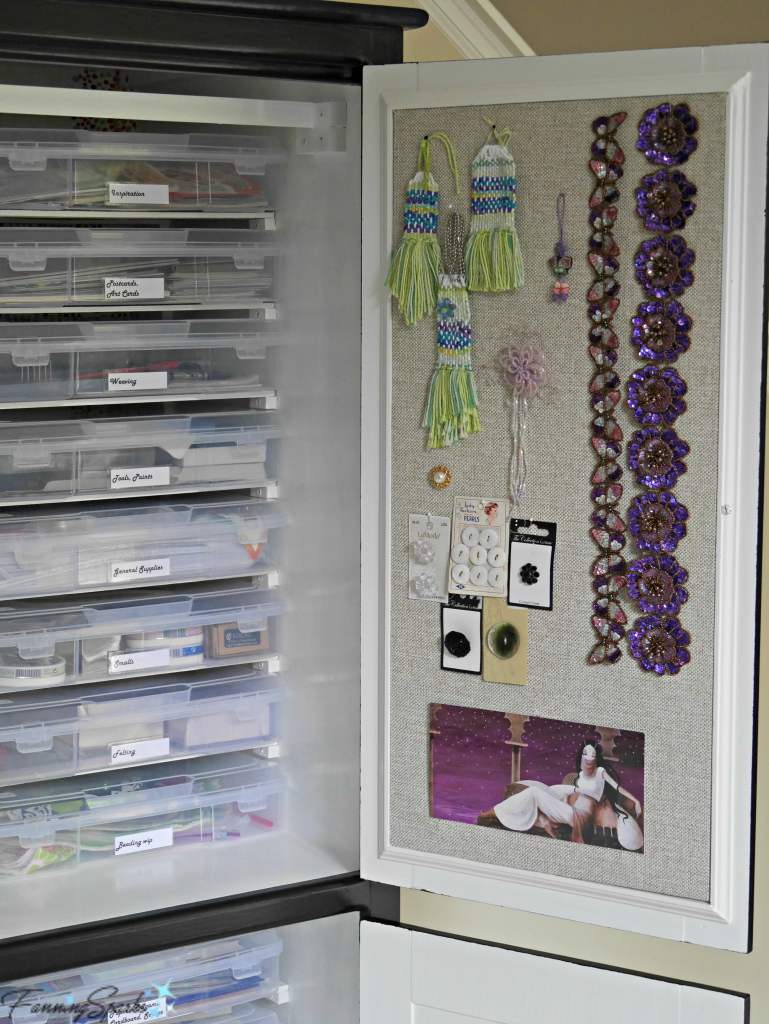
6. The Maker’s Cabinet should be affordable. Re-purposing a piece of furniture is a possibility but having a furniture maker build a new custom cabinet is not.
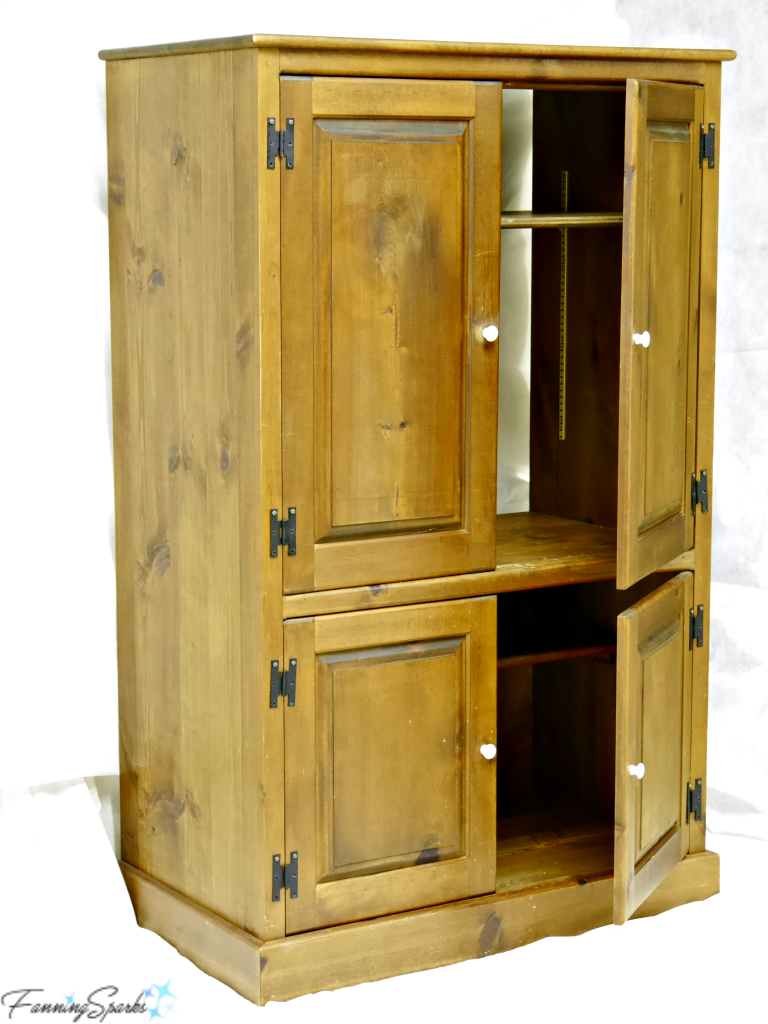
My Process
The above photo shows the old entertainment center I re-purposed to create my Maker’s Cabinet. I searched numerous thrift stores to find the perfect “blank slate”. This entertainment center was definitely dated and has a very rustic style but it was solidly built, in good condition and the desired size. And at only $50.00 USD, it was the perfect price!
TIP: Thrift stores, especially the Habitat for Humanity Restore thrift stores I frequent, are jammed with old entertainment centers these days. It seems everyone is switching to wall mounted TVs so entertainment centers are being phased out. Generally, these entertainment centers are good quality and (I assume due to the sheer number of them) priced very low. This situation presents some fabulous opportunities to anyone interested in re-purposing and/or refining furniture.
Once I had this foundational piece I was able to start the transformation. Some of my changes were quite predictable. I reconfigured the shelves into more, smaller shelves (as shown below). I added a back to the top section and covered it with fun fabric. I refinished the cabinet with a fresh coat of paint on the inside and the outside. I fixed up the hardware by replacing the knobs and painting the hinges.
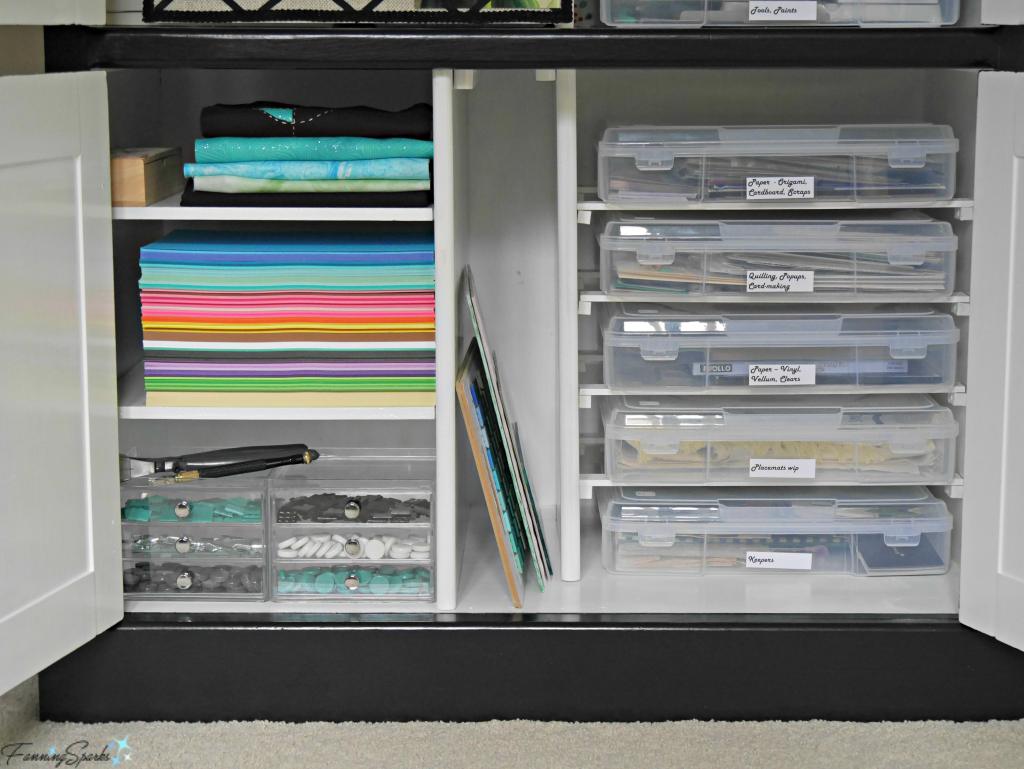
But several changes were less conventional. Covering the outside of a cabinet with fitted fabric panels is certainly not something you see every day. But this is my favorite thing about this cabinet and, in my opinion, this feature makes it stand out from the crowd.
The original cabinet had simple, wooden panel doors. I knew I wanted to rework them with something unique and special. First I considered a fretwork overlay. I even created an entire design with a mirror background that would have been lovely. Then I started to think about stained glass and mosaics which could have been extraordinary. But then it occurred to me that I was wasting all that space on the sides of the cabinet. I started to wonder, why is it that cabinets and furniture never maximize their surface space? That’s when the idea of being able to display things on the outside of the cabinet occurred to me. I experimented with a few options and then settled on wooden frames made of mitered molding with fabric-covered panels inside them.
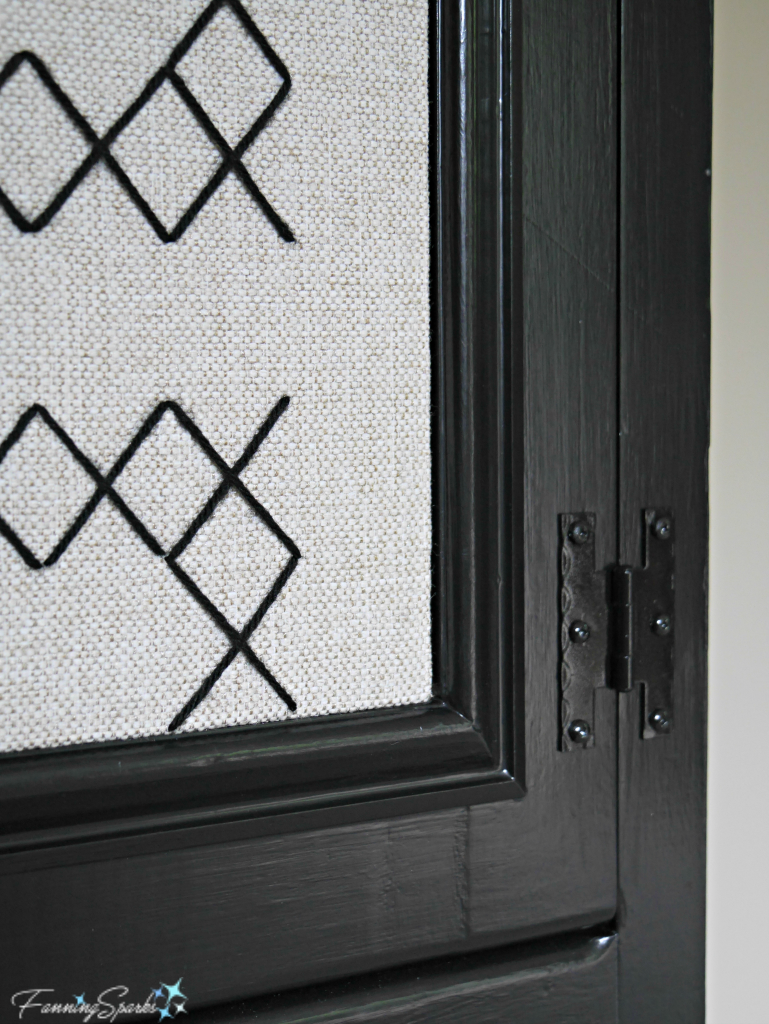
This approach gives me ultimate flexibility. I can leave the panels blank. I can embellish a single panel as I did with the extra-large cross stitch. I could display an entire collection by pinning it to the panels. Or I could switch things up by putting different fabric on the panels. These panels allow me to easily change the look of the cabinet at any time. I was so taken by the fabric-covered panels on the outside of the cabinet, that I repeated the idea on the inside of the cabinet. There are two panels on the top doors and a sliding panel.
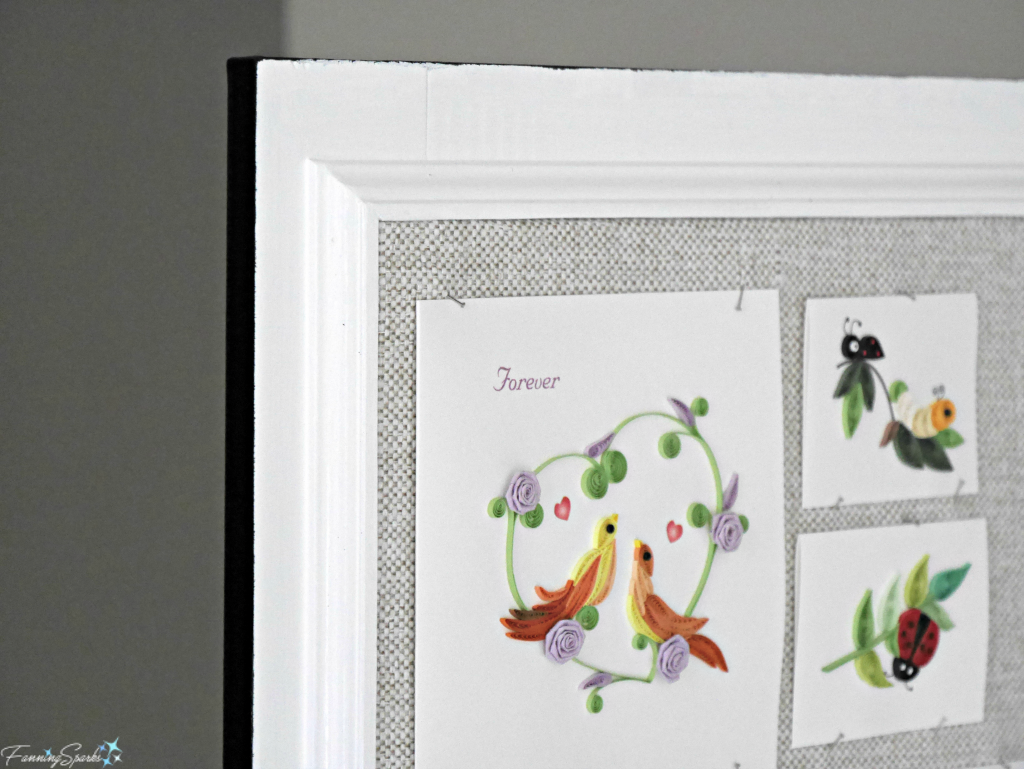
The sliding panel was actually a way to maximize space. There were a few inches of unused space in front of the top shelves so I decided to squeeze in a sliding fabric-covered panel. This was a fun addition because I learned how to build and install a mini barn door. Many thanks to the folks at Shanty2Chic for the idea to use clothesline pulleys and for the detailed instructions. More Info section below for link. I did have to adjust the design to mount the horizontal bar inside the cabinet instead of on the outside where a door would normally be mounted.
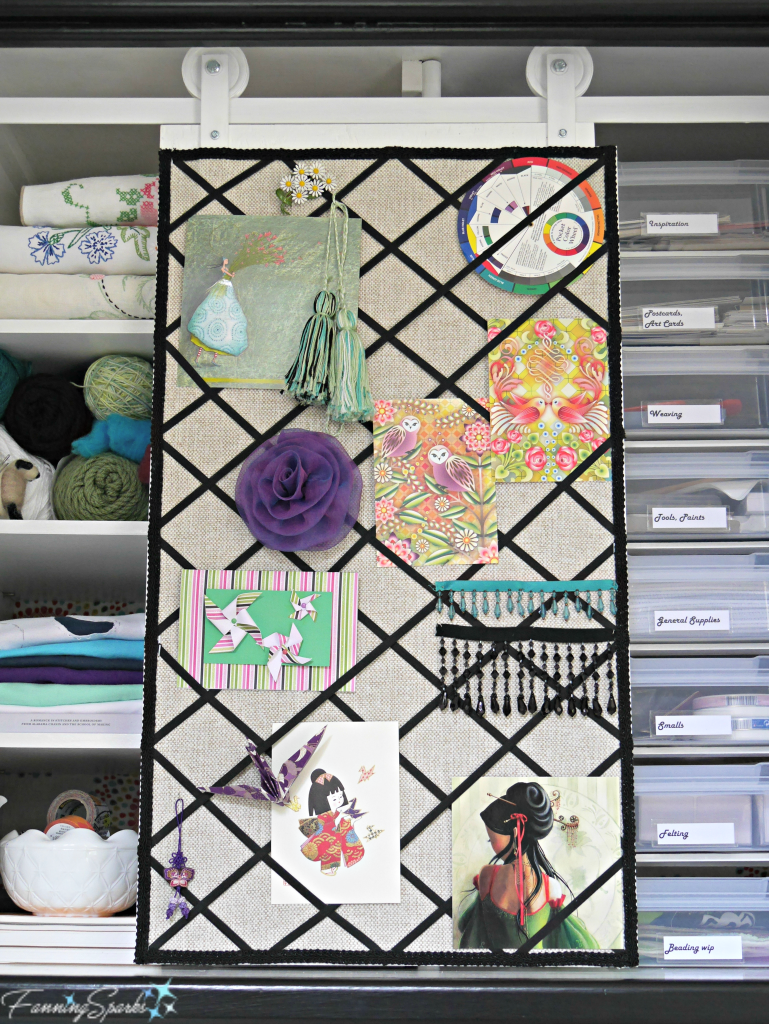
Another detail that makes this cabinet special is the series of plastic trays. Originally I considered using a series of drawers but building drawers requires significant effort and purchasing custom-built drawers can be rather expensive. I started looking for alternatives and discovered the IRIS Portable Project Cases which are plastic cases that measure about 12”L x 13”W by 3”H. They’re the perfect solution.
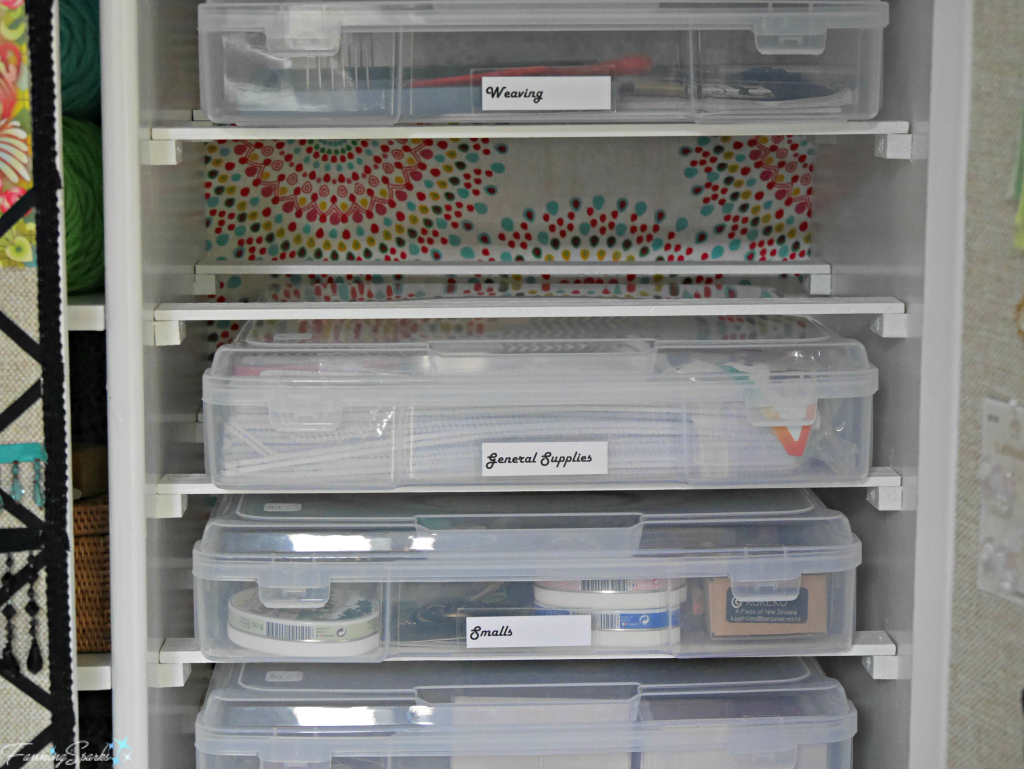
I appreciate that I can slide the entire tray in and out; it’s easy to simply slip out a tray and take it to my work area. I also appreciate that they’re a good size and can hold a considerable amount. Plus it was easy to build supports for the trays by simply installing two pieces of 1.5″ wood lath to hold each tray. And to meet my objective of keeping things neat and orderly, I found labels that fit the plastic trays perfectly and printed appropriate titles for each tray. See More Info for links.
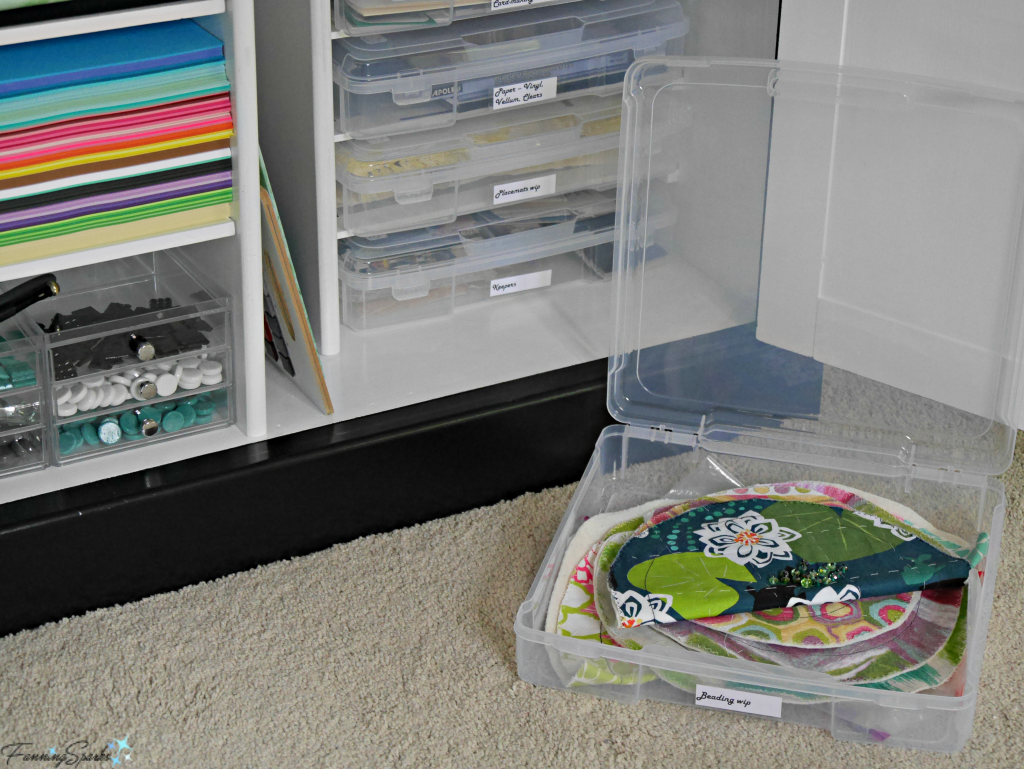
And, finally, who doesn’t love a good before and after comparison?
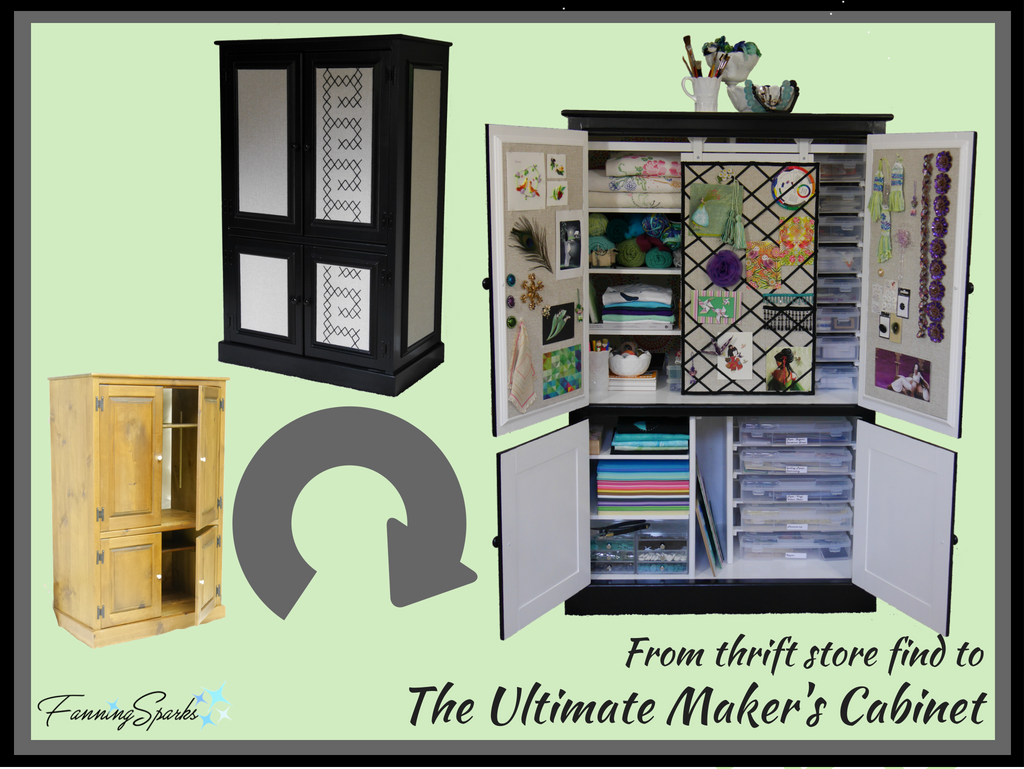
More Info
Several of the projects/ items pictured below in my Maker’s Cabinet have been mentioned in other FanningSparks blog posts.

- The vintage tablecloth (bottom of stack) was the inspiration for This Stitch is Off and Running.
- Several of these gorgeous yarns were purchased during A Visit to Clara’s Loom.
- Alabama Chanin has its own dedicated shelf. See A School for Makers for more information about this amazing designer and the Tshirt project I have underway.
- This embroidery sampler is the first one I ever made. You can learn more about it on my About page.
You may also have noticed the DIY woven statement necklaces pinned to the right door. See DIY Woven Statement Necklace Tutorial for step by step instructions on how to create one for yourself.
You can learn more about the Habitat for Humanity Restore thrift stores on their website.
Here’s a link to the excellent post on DIY Barn Door Hardware for $20 by Shanty2Chic. Special thanks for this great resource!
Today’s Takeaways
- It is possible to keep your maker treasures and materials both hidden and displayed.
- Fabric-covered panels can be used to maximize the surface space of a cabinet for display purposes.
- Entertainment centers, which are readily available at thrift stores, can be transformed into one-of-a-kind Maker’s Cabinets.


